| marc7 travels |
|
I always looked forward to this time of the year during my growing up years in Baguio because of two things - the Halloween Special of “Magandang Gabi Bayan” and trick-or-treating around PMA. These two activities made the celebration spooky and fun. We shared stories that scared us sh*t, collected goodies while in costume, and even held Halloween parties. These festivities formed part of my childhood memories. As I grew older and started traveling around the Philippines, my fascination for Philippine history also had me researching on historical cemeteries. Spanish-period cemeteries, with their own brand of beauty, was interesting to explore. My travel itineraries included dark tourism spots as these destinations have their own narratives to share that is both historically and culturally relevant. As we celebrate this spooky season differently this year, let me share with you seven Philippine cemeteries that made a mark during my travels around the Philippines. These spots had their own history, sometimes creepy experiences, to share and enjoy with you. San Joaquin Spanish Cemetery, San Joaquin, Iloilo The San Joaquin Spanish Cemetery jumpstarted my interest in dark tourism. While researching for interesting destinations near Miag-ao, I stumbled upon a blog that featured the Spanish-period cemetery. The elegant beauty of its simborio and the thought of it being intact for centuries caught my attention that I had to visit the place. The San Joaquin Spanish Cemetery was built in 1892 and is one of the well-preserved Spanish-period cemeteries in the country. Its octagonal camposanto, with its classical, is its centerpiece. The staircase leading to the camposanto was constructed by the female residents of San Joaquin as an obligation to the Spanish monarchs. Here is a creepy and funny anecdote during my first visit. As I was exploring the camposanto, I got creeped out by an eerie sound that came behind it. It gave me goosebumps that I prepared to leave. I was surprised when a caretaker came out from the side. Apparently, he also heard my movements that creeped him out, as well. We both got scared sh*t by the movements that we were both making. Read about my Iloilo trip here: Of Souls and Saints Hanging Coffins of Sagada, Mountain Province The Hanging Coffins of Sagada is one of its tourism draws that seeing it up close is not creepy. These coffins resting on the walls of limestone formations speak of the rich century-old culture of the country’s northern highlands. It gives its guests a glimpse of their valued traditions that goes beyond just being an attraction. The small coffins hanging on limestone walls are believed to be the vessels of the departed to the afterlife. The coffins are relatively small in size because the remains are mounted in a fetal position. The hanging caskets that we often see in pictures are the ones that are easily accessible via a short hike down echo valley. Our local guide shares with us that there are other hanging coffins on the other limestone formations of the town. There are other burial sites in Sagada. The Lumiang Burial Cave is another local sacred spot where you get to see wooden coffins stacked on top of each other. Some were even desecrated by irresponsible tourists. The local cemetery of Sagada is also an attraction every November 1st as the hillside lights up in flames as bonfires are lit up instead on candles to remember their departed love ones. Read about my Sagada trip here: #GOT81MountainProvince: Sagada In Its True Form The American Cemetery, Taguig City The American Cemetery is a sprawling memorial to World War 2 heroes. The 62-hectare cemetery is the final resting place of 17, 206 Filipino and American freedom fighters and is the largest memorial, in terms of numbers, for US personnels killed during WW2. It is maintained by the American Battle Monument Commission. At the center of the cemetery is a memorial where one can get a brief on the actions taken to liberate the Philippines through its mosaic maps. The names of those who are buried in the cemetery are also engraved on the marble walls of the memorial. A small chapel is at the center where one can offer a short prayer for those interred here. The cemetery was designed where the marble headstones are arranged in a circle. Trees and shrubs are part of the design giving it a tranquil vibe. It is a good place to head off to to get your mind cleared because it doesn’t feel like you are in a cemetery, at all. Read about our Taguig exploration here: Explore Manila! (Taguig) San Agustin Church, Intramuros, Manila Most of the old churches in the Philippines also served as the final resting place of the community’s prominent personalities and San Agustin Church is one of them. This UNESCO World Heritage Site is the oldest stone church in the Philippines and was the only one, among the 7 churches in Intramuros, that survived the liberation of Manila. The San Agustin Church has a columbarium in one of its chambers. One may think that these are the final resting place of the Augustinian priests but it is not. Prominent people are interred here that includes the remains of Juan Luna and Juan de Salcedo. Nagcarlan Underground Cemetery, Nagcarlan, Laguna Another interesting cemetery to visit is the Nagcarlan Underground Cemetery. Built in 1845, the cemetery is a historical landmark for its historical and cultural significance. It is also the only known Spanish-period underground cemetery in the Philippines. A small kapilya is the main centerpiece of the cemetery. This is where the final rights are given by the priests before the remains are laid to rest. It has a small altar with the image of the dead Christ as its main figure. From here, a flight of stairs will lead you to the “basement” of the kapilya. Being in the middle of the underground cemetery felt odd. The tombstones and the enclosed space was a bit uncomfortable. The Nagcarlan Underground Cemetery also served as a secret meeting place of revolutionaries. Local narratives also claim that one of the burial vault is a secret tunnel that leads to the Nagcarlan Church. Read about our Nagcarlan adventure here: Going Underground in Nagcarlan Janiu-ay Cemetery, Janiu-ay, Iloilo Janiu-ay is an old Iloilo town established in 1769. It is home to 2 Spanish-period heritage structures and one of which is its Spanish-period cemetery dubbed as the country’s “most artistic cemetery”. The Janiu-ay Cemetery is a public cemetery that boasts of 3 grand staircases that lead up to its arched entrances. It took 9 years for the locals to complete its construction. The main staircase has 23 steps while the other 2 have 22 and 21 steps that lead up to its entrance. At the heart of the Janiu-ay Cemetery is the octagonal camposanto where the last rites for the dead are given. Its small altar is highlighted by the image of Mother Mary and Jesus. Read about our Iloilo trip here: #JournalsOfTheTravelingDaDa: Beyond the City of Iloilo Hamtic Cemetery, Hamtic, Antique From Iloilo, we hop on a bus to head off to the oldest town of Antique to visit the Hamtic Cemetery Church. The cemetery sits along the highway, in the middle of rice fields, so getting there can be quite tricky. My visit there gave me curious stares from locals because who would be interested to visit their local cemetery. The Hamtic Cemetery Church was designed in baroque-style similar to the San Joaquin Church and Miag-ao Church, minus the intricate-sculptured facade. Tombstones adorn the lower part of the walls of the church. Its interior is plain with an image of the crucified Christ as its centerpiece. Here’s another personal travel anecdote on Hamtic Church Cemetery. I have read paranormal stories associated to the cemetery during the trip and one of that stories included relatives putting garlic and salt around the tomb of newly buried family members. This was a practice to keep “aswangs” away from the fresh corpse. The story got into me that I slept the same night with powdered tawas beside me. I woke up feeling stupid and funny the next day. Read about my Antique travel here: #GOT81Antique: Beyond Antique's Kawa and Rolling Hills POST TRAVEL NOTES Philippine history and culture transcend life and death. Our narratives include our beliefs about the afterlife. Our ancestors had practices that helped the dead crossover while the beauty and elegance of cemeteries outlines the celebration of life by our colonizers even after death. These dark tourism destinations have its own narrative to share that speak of our colorful history, culture, and traditions. As we celebrate All Saint’s Day differently this year, I hope we all take the time to celebrate the happy memories of our departed loved ones. I hope that we also celebrate life and learn to live it to the fullest. Let us share creepy stories inside the comforts of our homes and make plans to explore dark tourism destinations in the Philippines to get that unique hair-raising experience. Happy Halloween!!!
0 Comments
A casual conversation about “pako” salad and Lucban longganisa led to my first gala after 6-months of community quarantine. A friend of mine reacted to an FB post where I shared a picture of my fave salad. Both of us have been jeering on heading off to Tagaytay that we both saw the cravings as an opportunity to explore a town that was familiar to both of us - Liliw, Laguna. Located along the foot of Mount Banahaw, the municipal town of Liliw was founded in 1571 by Gat Tayaw. It is an old Spanish town that has become popular for its cold streams and its “tsinelas”. It is a mute witness to the country’s colorful history to become a charming destination that will give you that unique old provincial town feel. Simbahan ng Liliw Founded in 1605, the St. John the Baptist Parish Church stands at the heart of the town of Liliw. The first stone church was completed in 1646 and majestically stood for centuries until it was damaged during the 1880 Luzon Earthquake. The church was re-constructed in 1885 and was partially burned in 1898. The “Simbahan ng Liliw” beauty stands out for its baroque-style adorned by its brick and adobe facade. Its red bricks and the image of its patron saint are the prominent features of its facade. Its belfry stands adjacent to the church dominating the town’s skyline. Unfortunately, I was not able to check out the interior of the church as it was closed to the public because of the health crisis. But we were able to check out the adjacent chapel, the Capilla de San Buenaventura. The chapel houses the revered image of San Buenaventura and his relic. The church exudes calmness as soon as you step in its courtyard. It is recognized as a national treasure having been a mute witness to the country’s colorful past. Its serene atmosphere gives you a taste of Liliw’s rustic feel. Liliw Municipal Hall and Town Plaza The Municipal Hall of Liliw stands along the Gat Tayaw Street. The two-story government center follows the Spanish-period architectural style of a Presidencia, similar to a “bahay-na-bato”. On its facade, one will find the year 1571 that indicates the founding year of Liliw. Once inside, its main hallway showcases art works and old photographs that relive the town’s rich history and culture. The Town Plaza sits adjacent to the municipal hall. Its centerpiece is a monument honoring Gat Tayaw, the man who established the town in 1571. Local stories claim that the town got its name when Gat Tayaw erected a bamboo pole where a bird alighted and sang “liw, liw, liw”. That was how the town got its name. The main road was named after Gat Tayaw to honor his contributions. The street is a mute witness to the development of the town since it was founded and its grand and colorful past. Liliw’s Footwear Industry Liliw’s claim to tourism fame is its “tsinelas” industry. Most of these footwear shops are also lined along Gat Tayaw street. These shops offer different designs and colors of footwear that are reasonably priced and fits your budget. As most of these slippers are handmade, it is more durable. The industry was pioneered by Casiano Pisuena in 1931. His first slippers were made from coconut and rubber interiors. His interest in the industry was caught on by other entrepreneurs that Liliw’s footwear industry rivaled that of Marikina’s before World War 2 broke out. The industry has grown from its humble beginnings and Gat Tayaw Street has been the center of its commerce. This is where you will also find Badong’s footwear - the oldest surviving shoe store in Liliw. Liliw-style Houses Liliw is an old Spanish-period town and walking along its streets will give you a glimpse of its old grand days. Similar to the towns of Vigan and Taal, I was treated with a view of well-preserved old houses that dot its streets. Most of these houses have remained residential in terms of use, with a few whose lower floor was converted into a business space. However, almost all of it are well maintained. The architecture of the houses are similar to that of “bahay-na-bato” but with a Liliw touch. Experts say that its has its own style and design that the local government is working on preserving its own signature architecture. The LGU is also working on being accredited as a heritage town in Laguna. Kilangin Falls / Bukal Falls Kilangin Falls, more popularly known as Bukal Falls, is a waterfall attraction located along the foot hills of Mount Banahaw that is within the territorial jurisdiction of Liliw. There are two trails to the falls - the trail via Liliw is more difficult to traverse compared to that of Majayjay’s. The waterfall is popular for its cool and clear blue waters that is often compared to Hinatuan’s Enchanted River. The foliage surrounding it complete the enchanting atmosphere of the place. My fitness team had the chance to enjoy its beauty but we were not spared with the physical challenge that goes with the opportunity to experience its beauty. But it was all worth it. Kilangin Falls or Bukal Falls is a great daytrip destination for a quick break. If you intend to include this in your itinerary, I recommend that you start of with a visit at this natural attraction before wandering around the town of Liliw. You can read about our Bukal Falls Adventure here: A Travel #Fitspiration: Challenging Bukal Falls Foodstop: Arabela Food is always part of all my travels and I didn’t miss out on this part in Liliw. Arabela’s is is one foodstop worth checking out in town. Located at the town’s business district, it is a restaurant that offers a good ambiance and great food. Arabela’s menu includes pasta, pizza, salad, and steak. They also have a selection of cheesecakes and pastries for your sweet tooth. It is a great way to end a day of exploring Liliw. You will leave town with a full heart and tummy. POST TRAVEL NOTES Liliw was a perfect way to break the monotony of my urban quarantine. Its serene and laidback atmosphere was a welcome breather after months of being stuck in the city. However, the town was not as vibrant as my previous trips as most of the businesses were closed and there was a significant drop of tourists visiting the place. You could really feel the impact of the health crisis to Liliw’s cottage industry. As our tourism industry slowly opens, I strongly encourage you to explore local destinations. #PinasMuna tayo! The business generated from efforts to visit local destinations cascade to the revival of the town’s cottage industries. The renewed interest will help locals recover from the economic effects of the COVID19 health crisis. Let’s start locally and help our dear Philippines recover. Getting there: One can take a bus to Lucena from Metro Manila and then go down at San Pablo City. You can then take a tricycle from the bus station to the San Pablo Church where you can take a jeep to Liliw. |
Marc del Rosario
I believe in education, entrepreneurship, and caring for the environment. Archives
June 2024
|
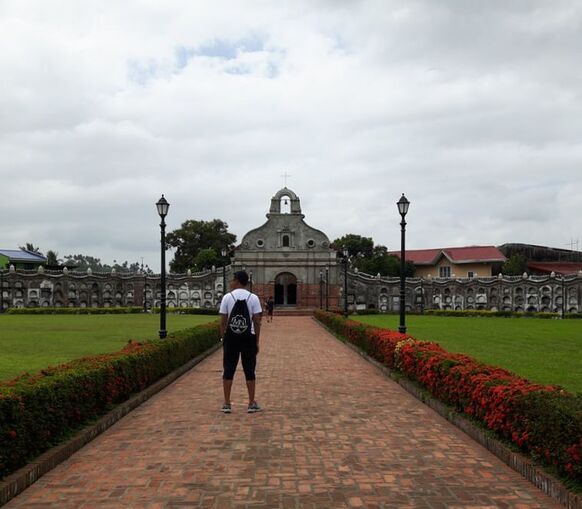
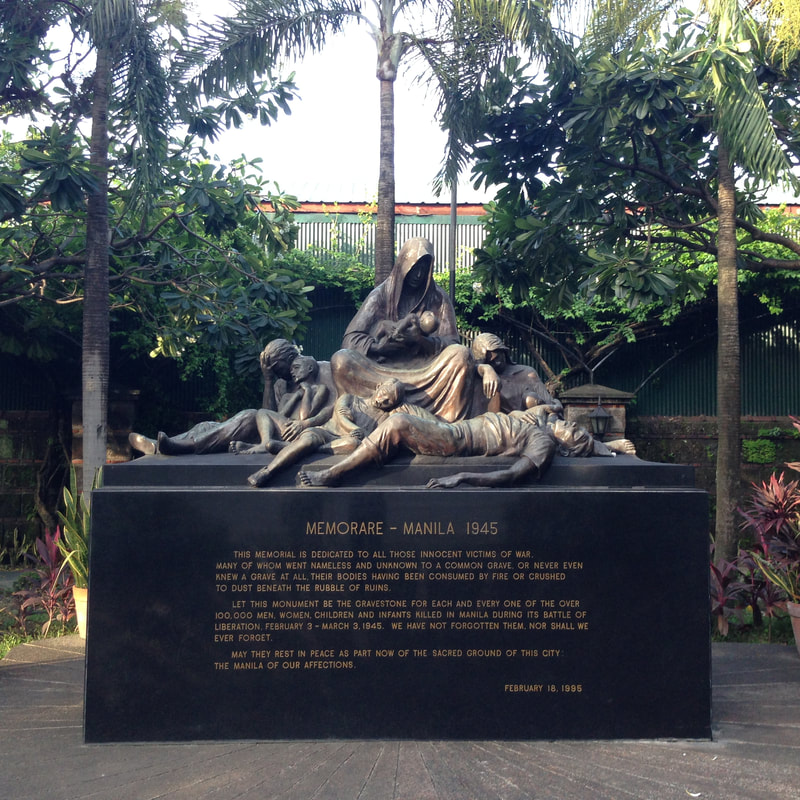
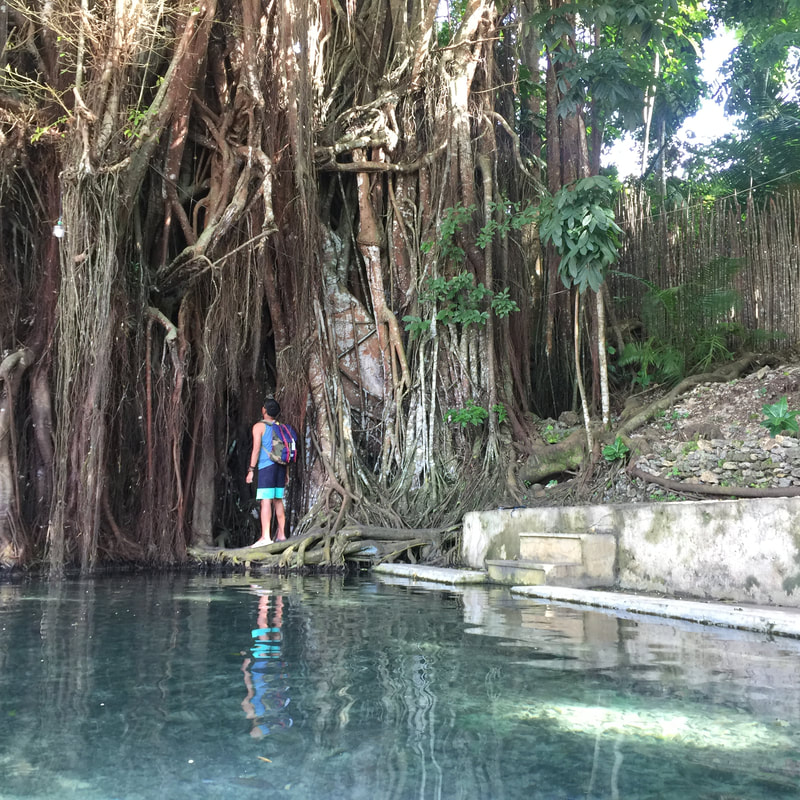
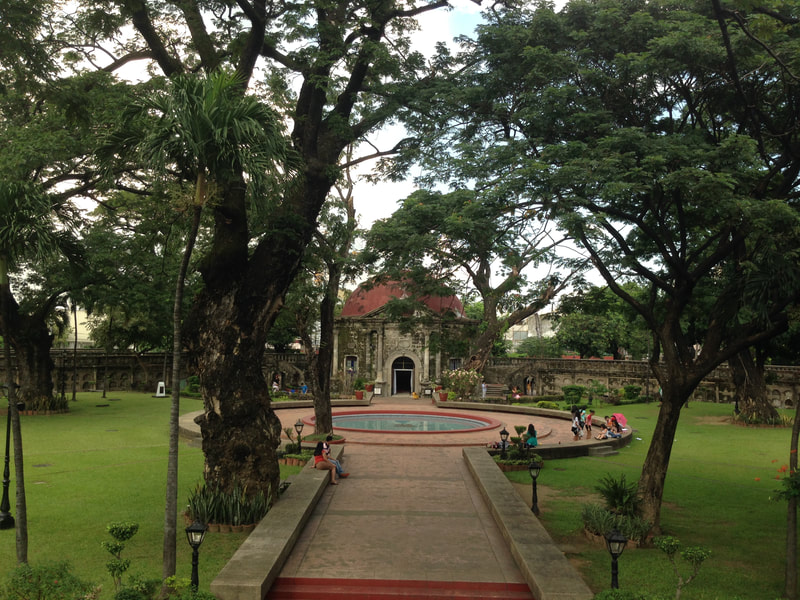
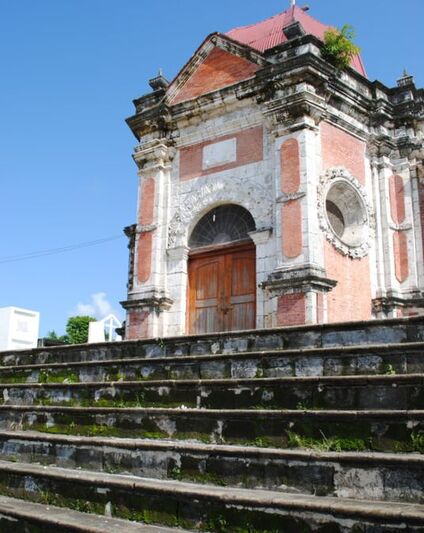
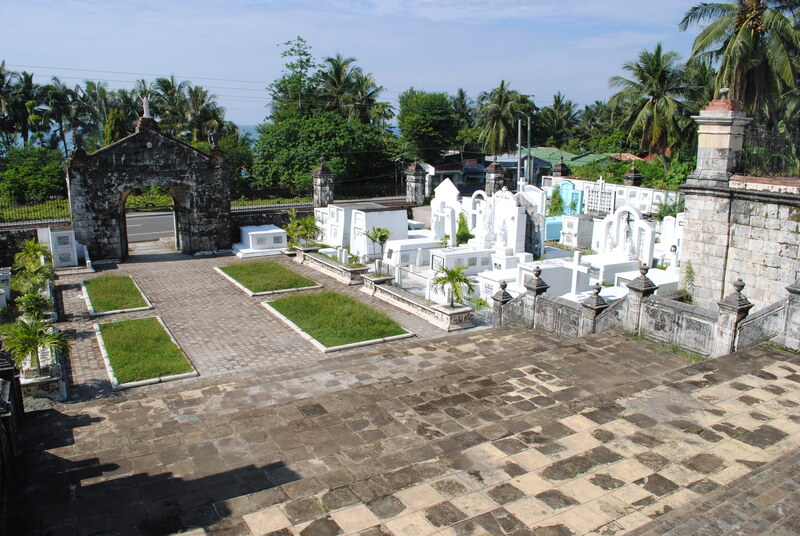
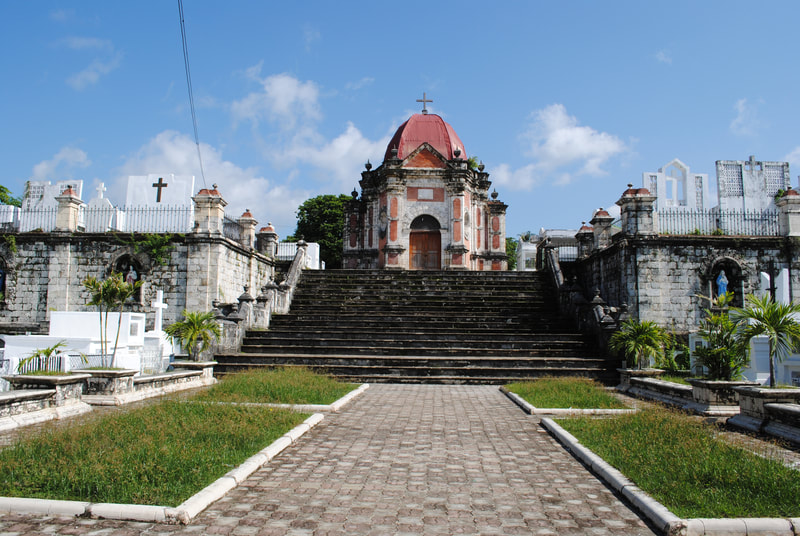
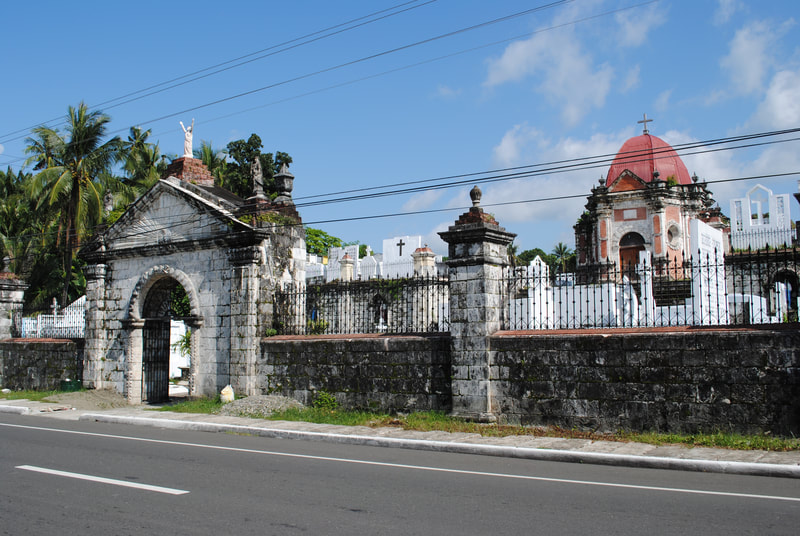
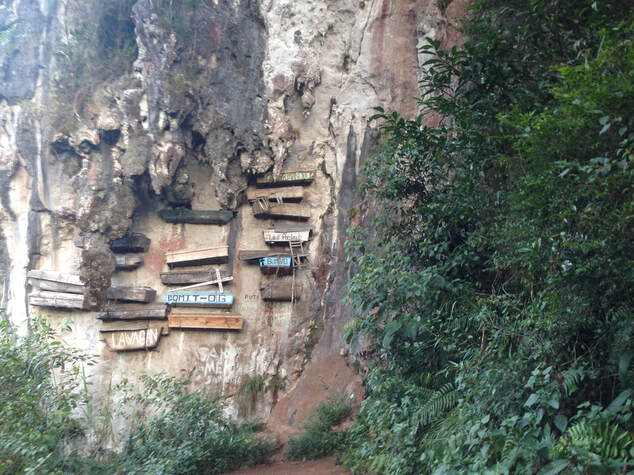
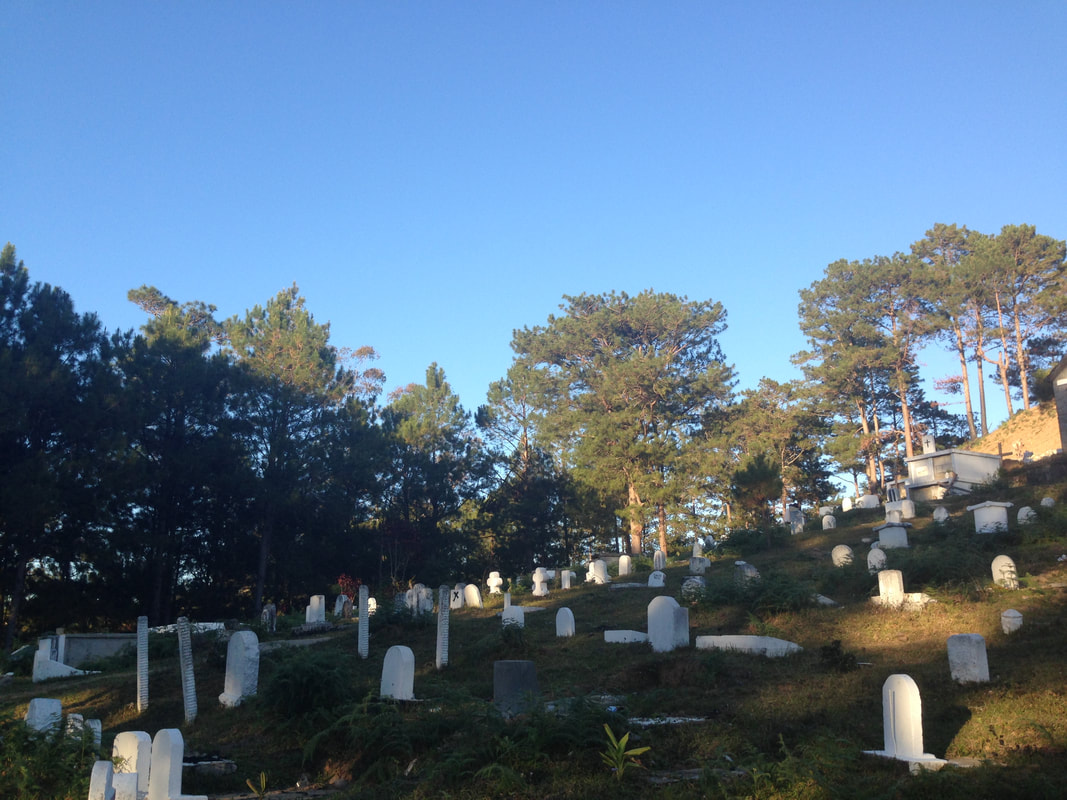

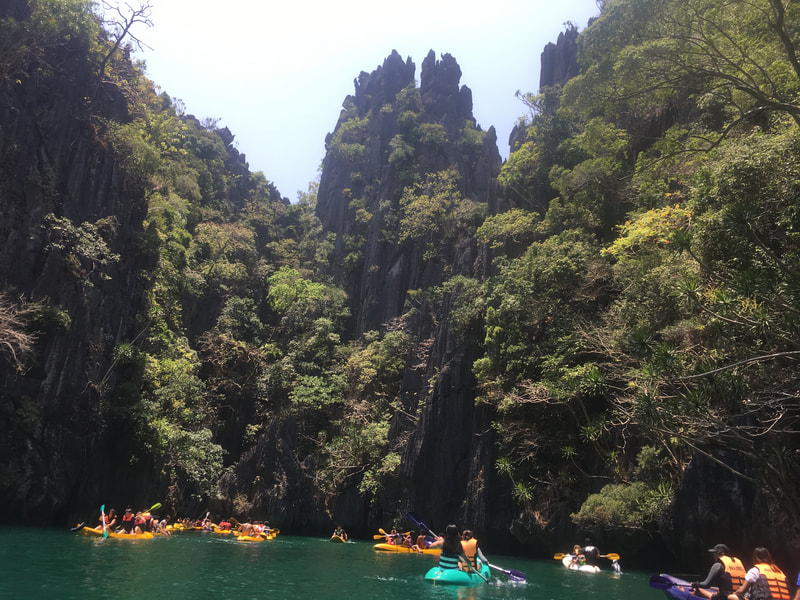

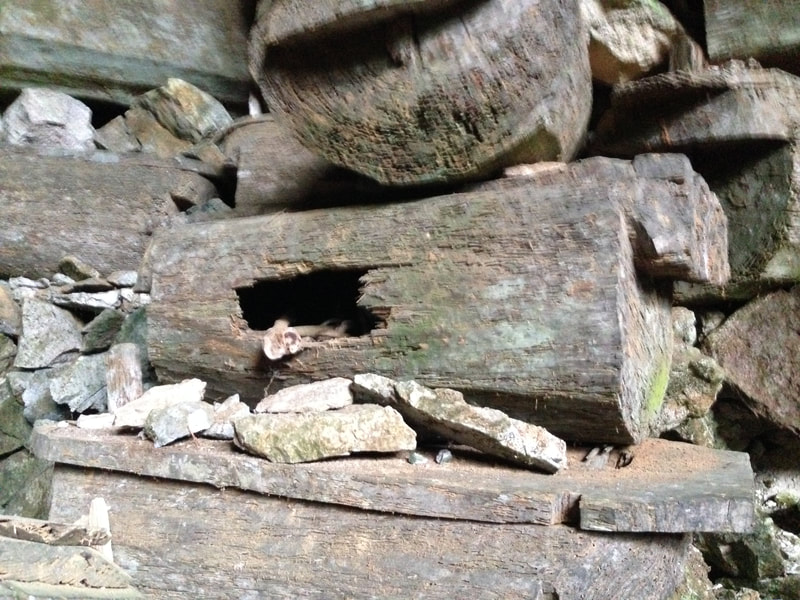
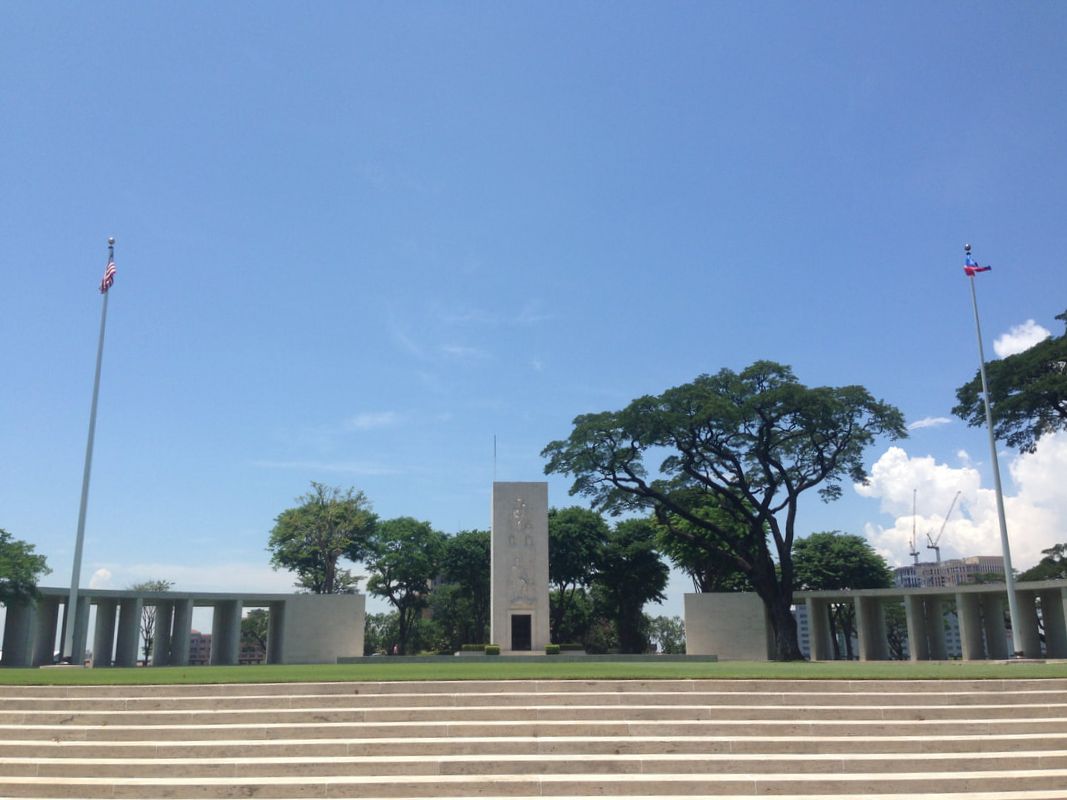


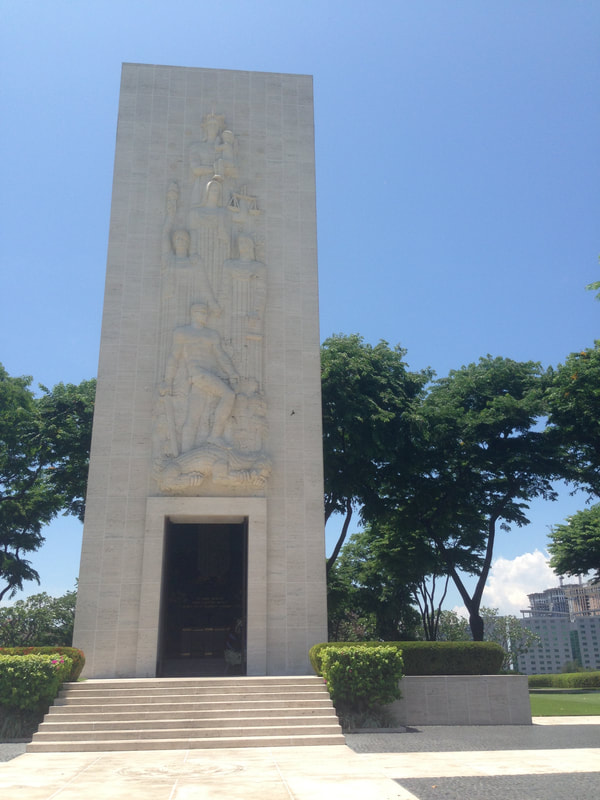
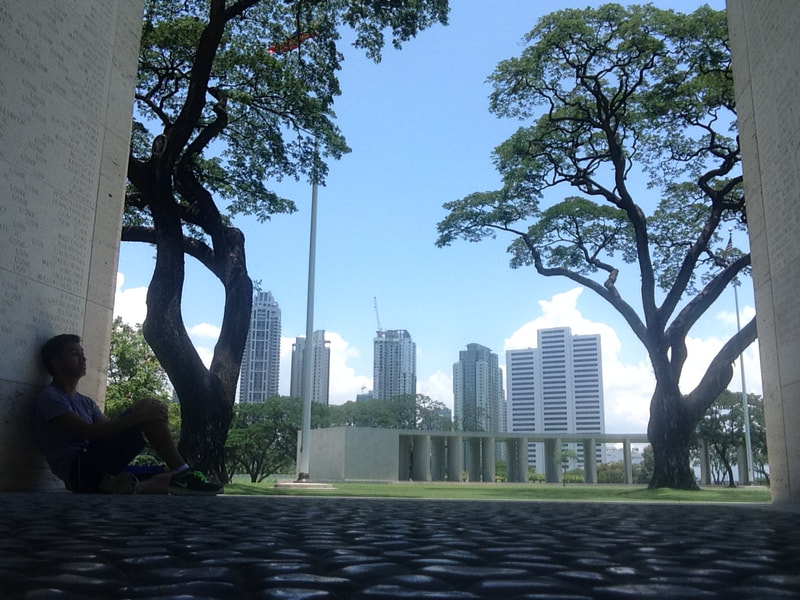
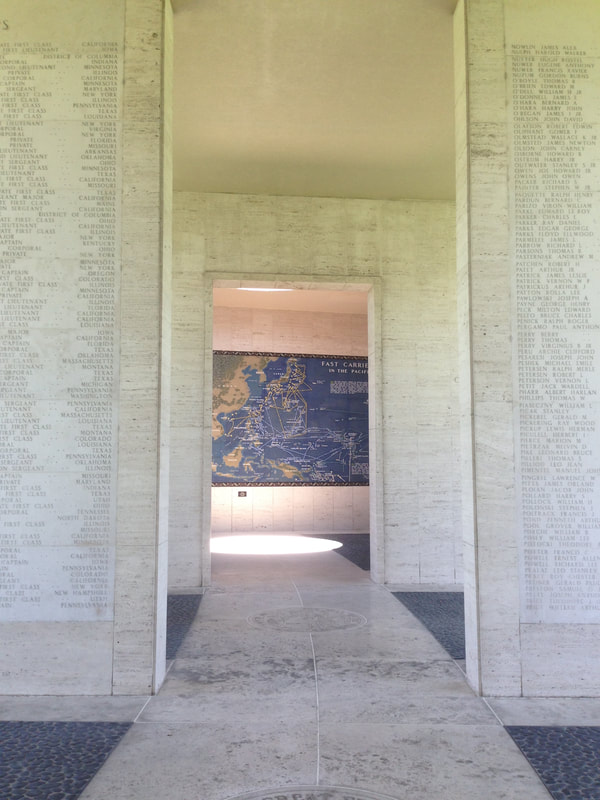
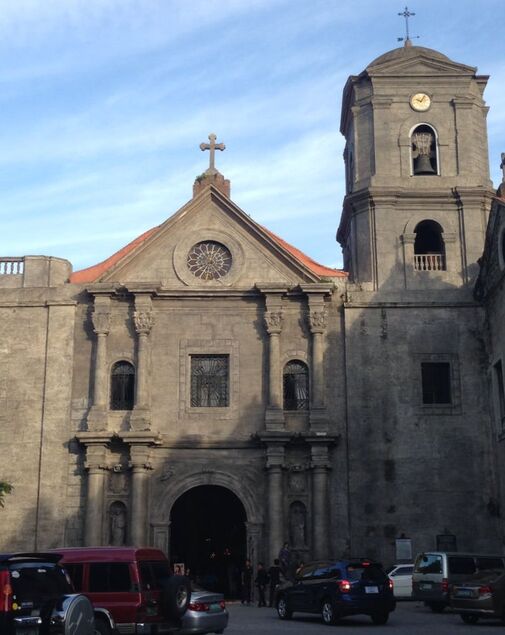
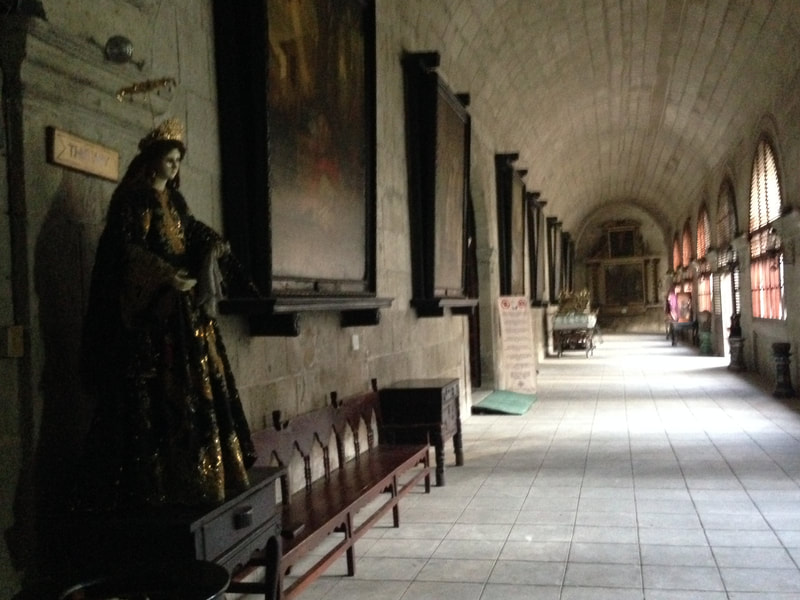
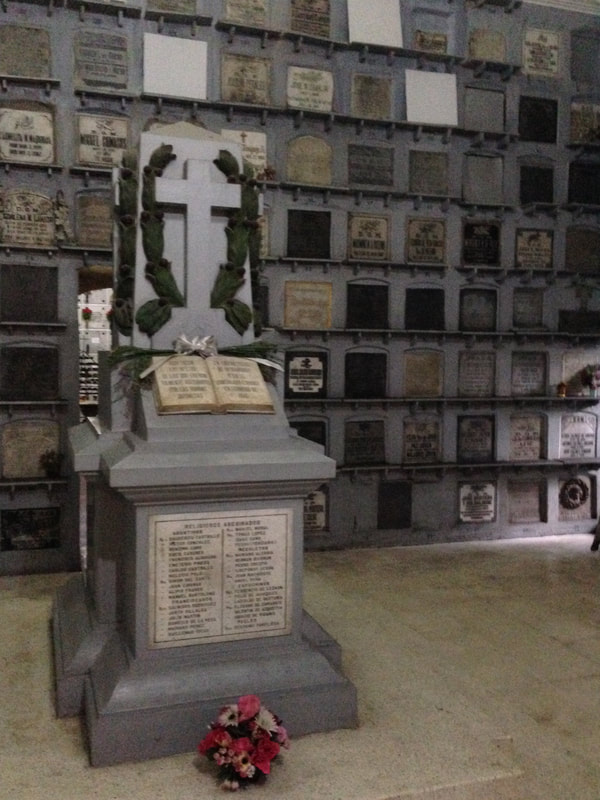
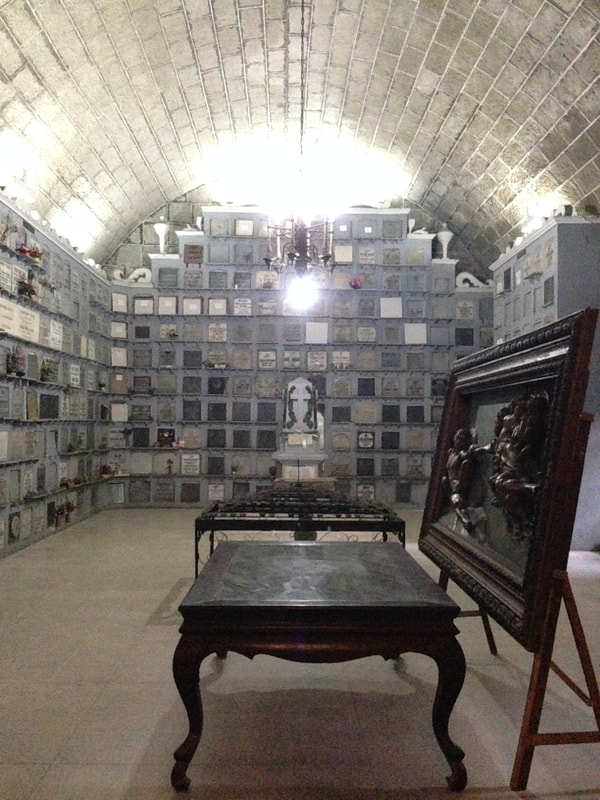

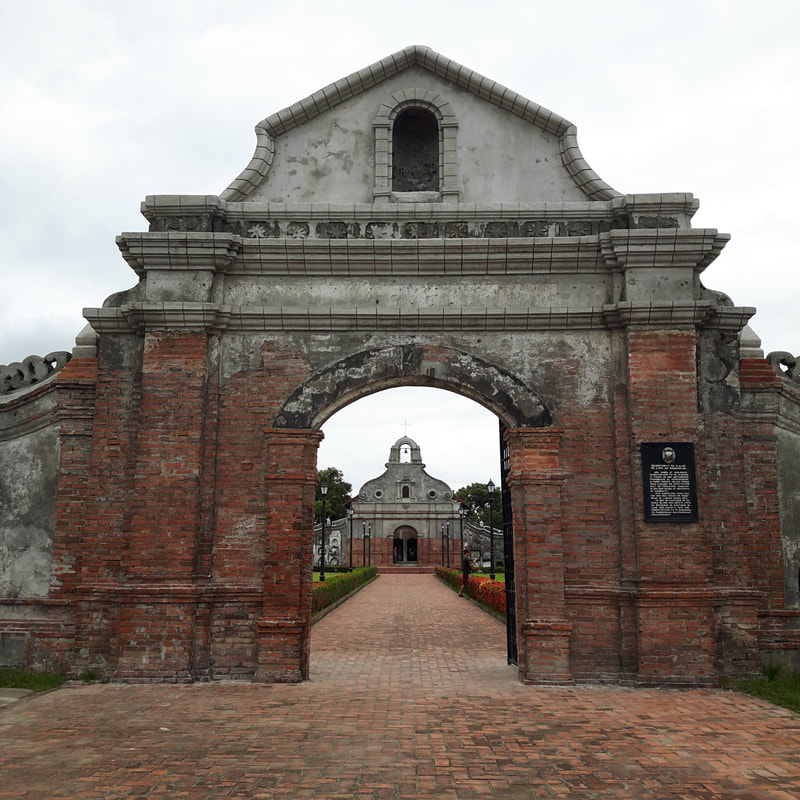
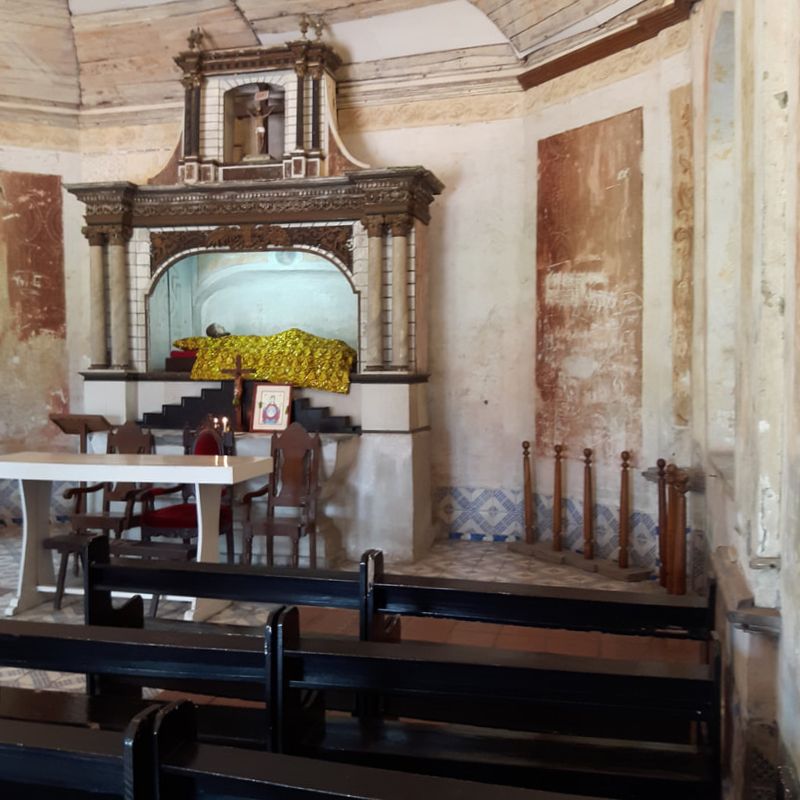
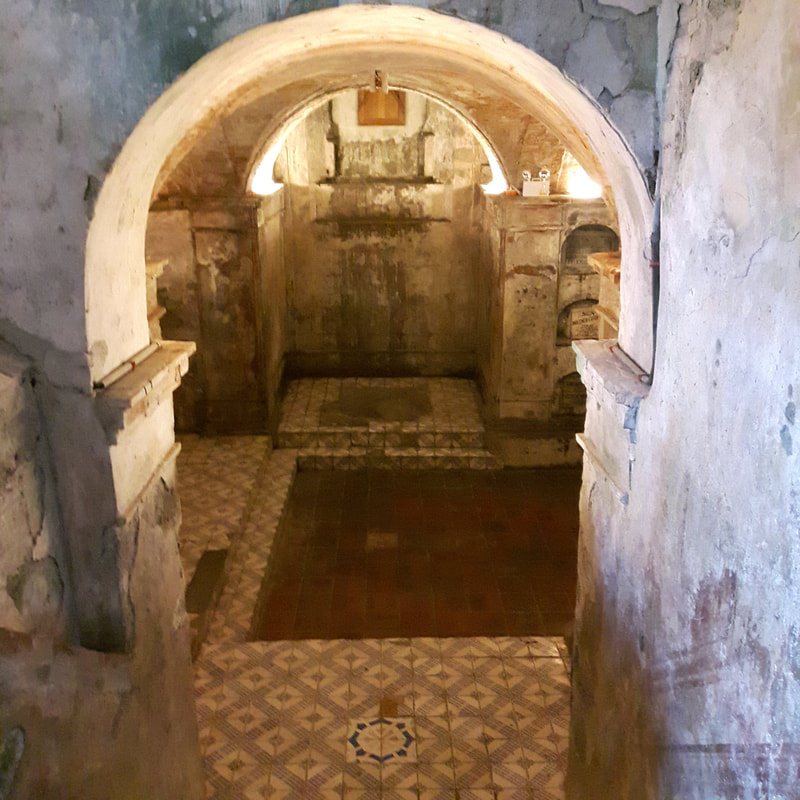
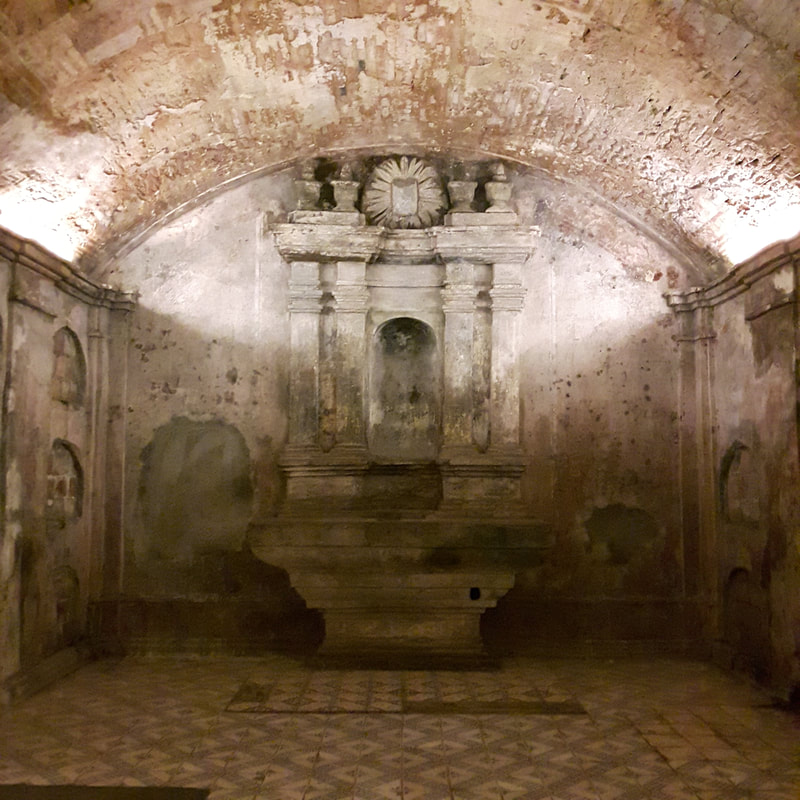

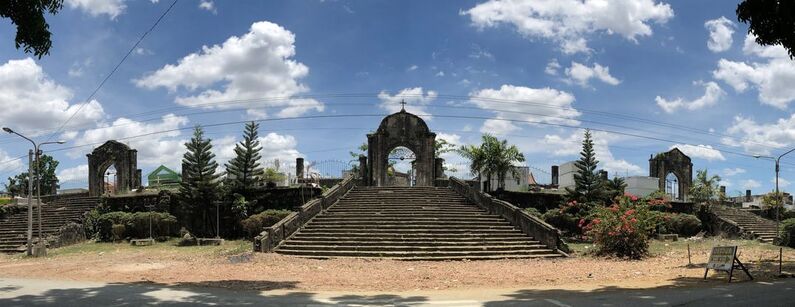

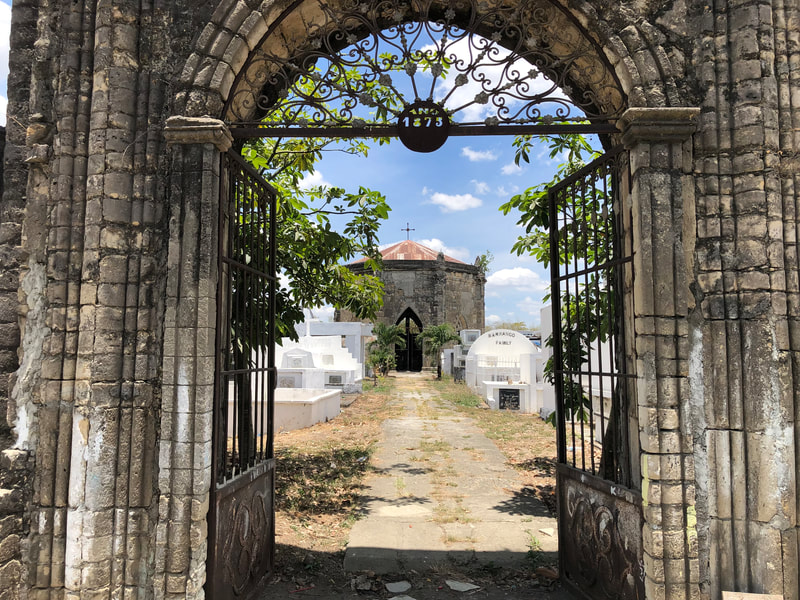
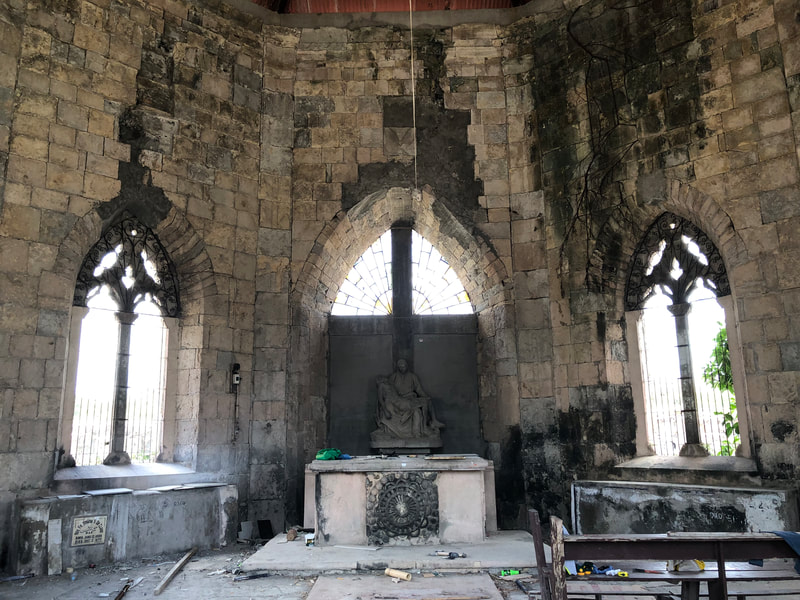
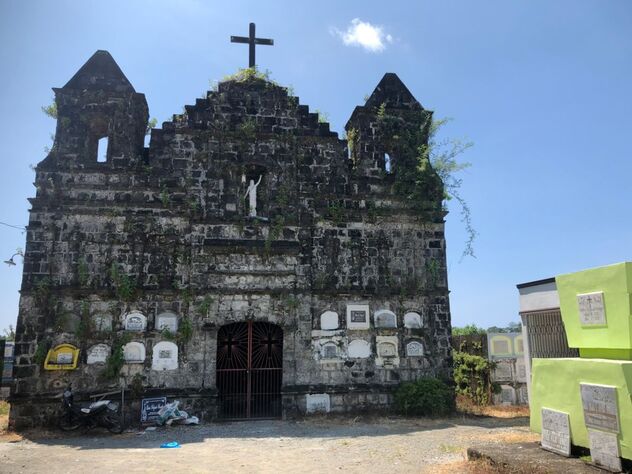
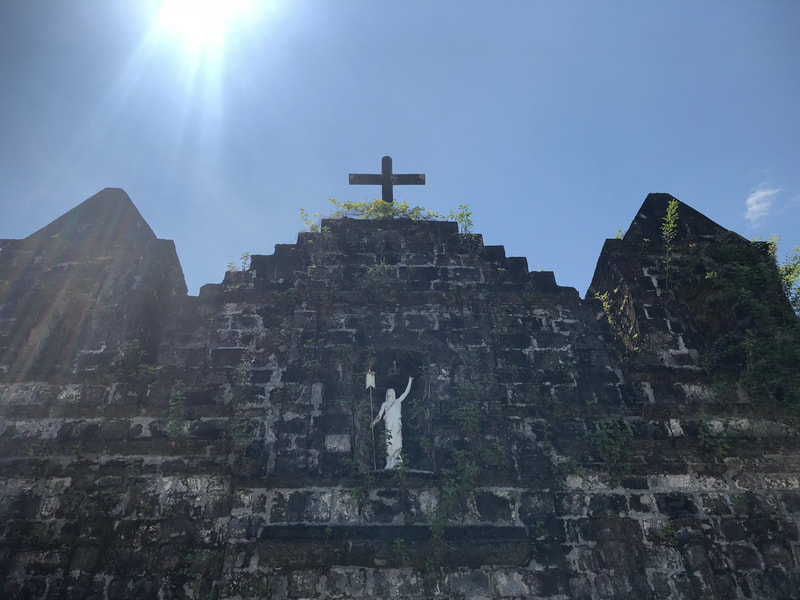
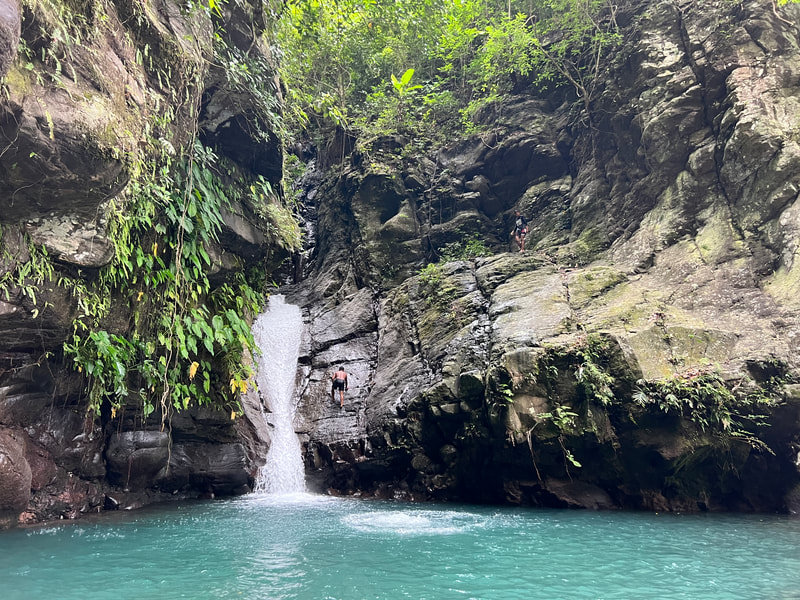
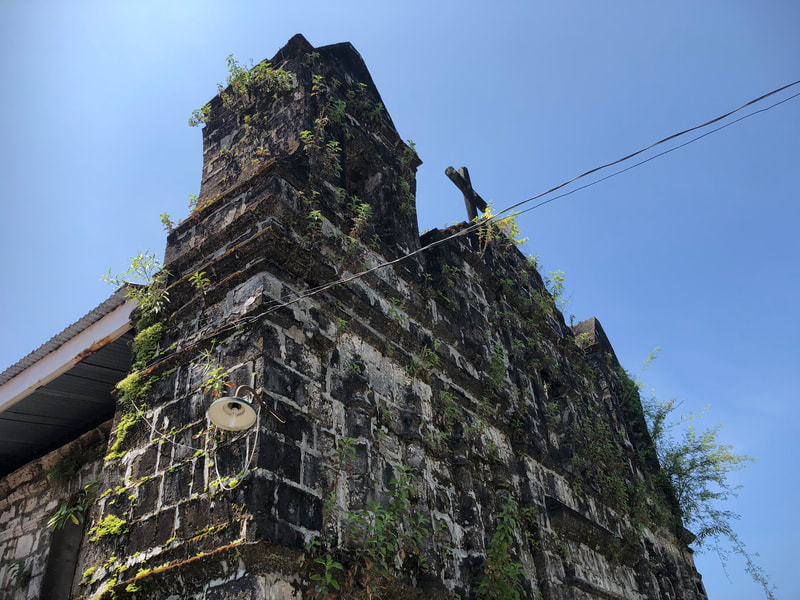
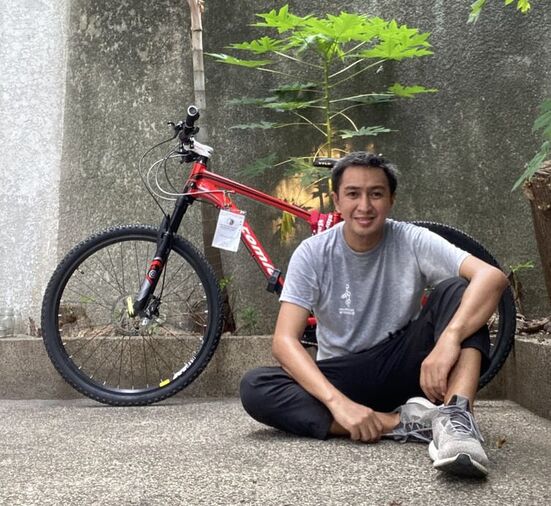
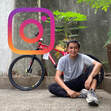
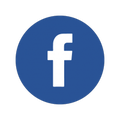

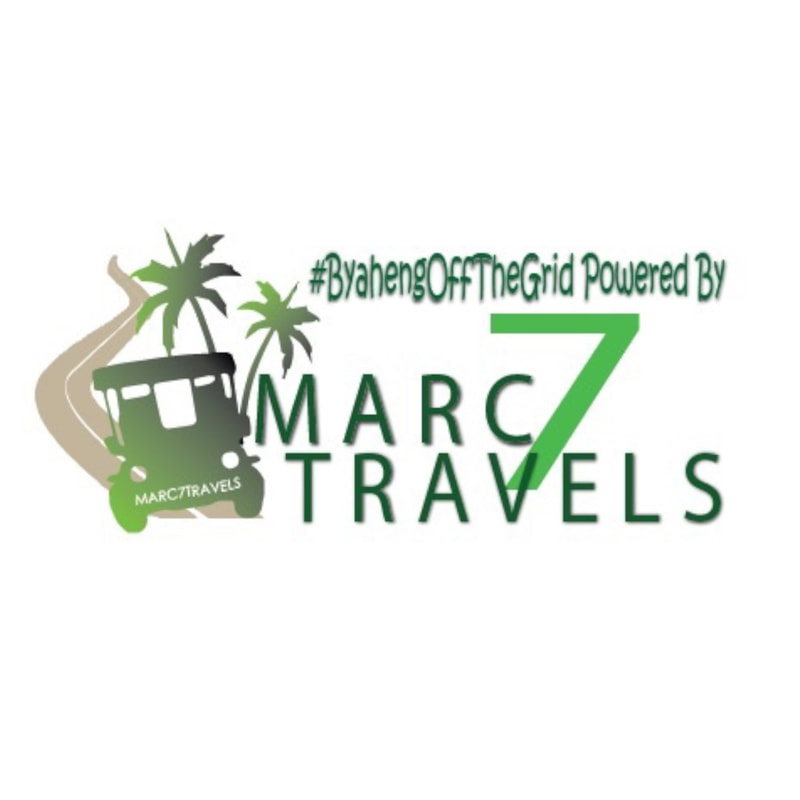
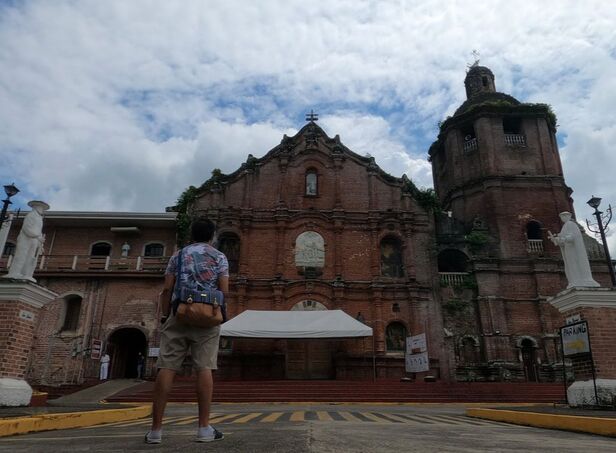

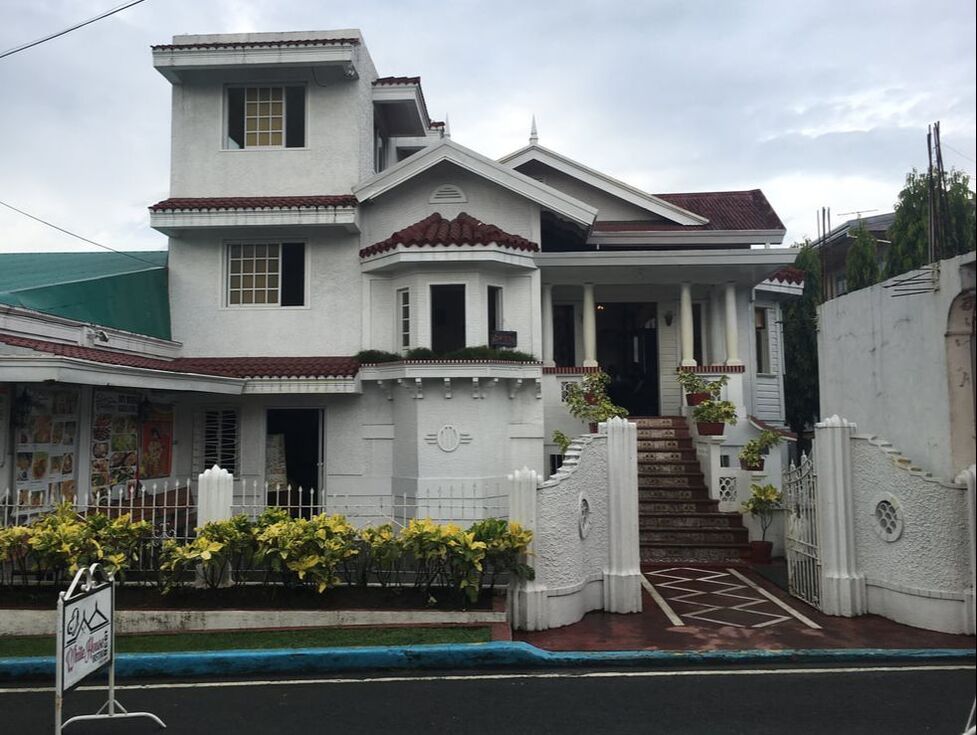



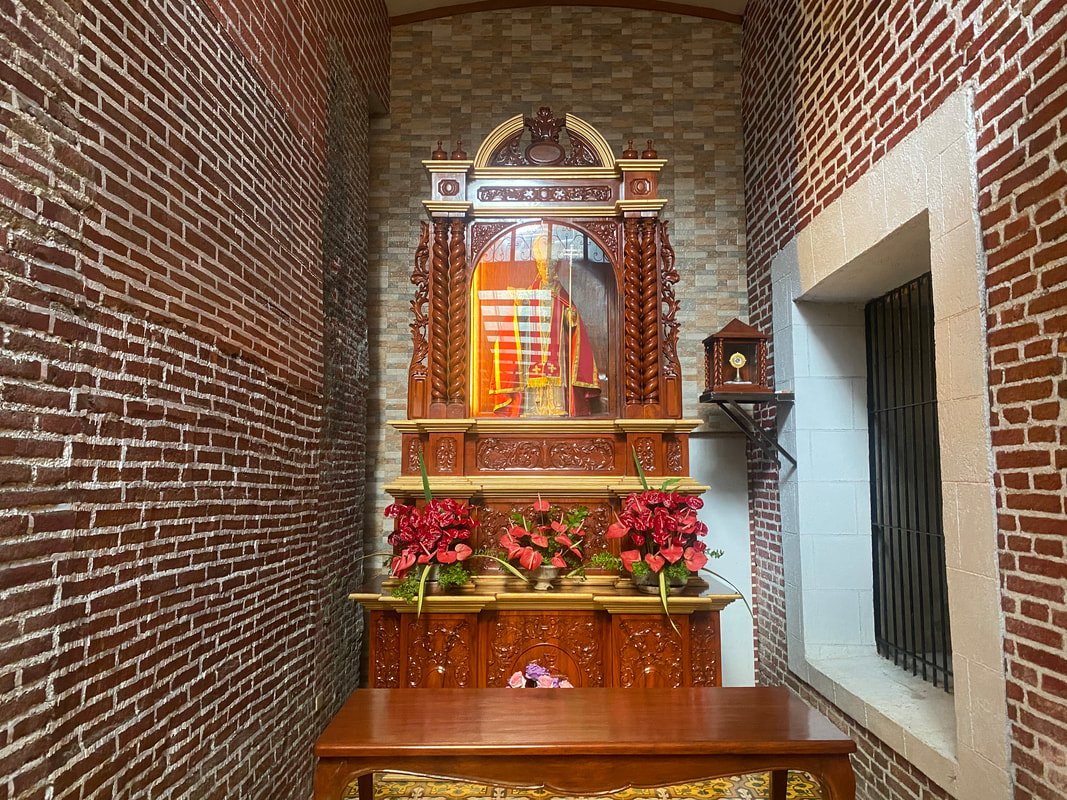
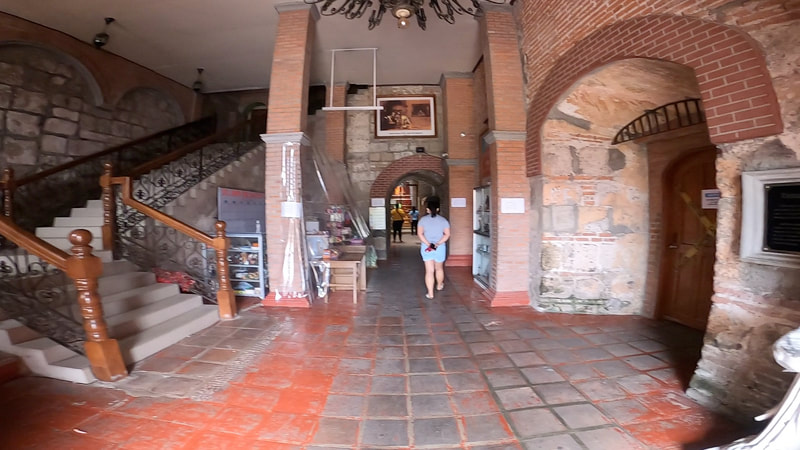
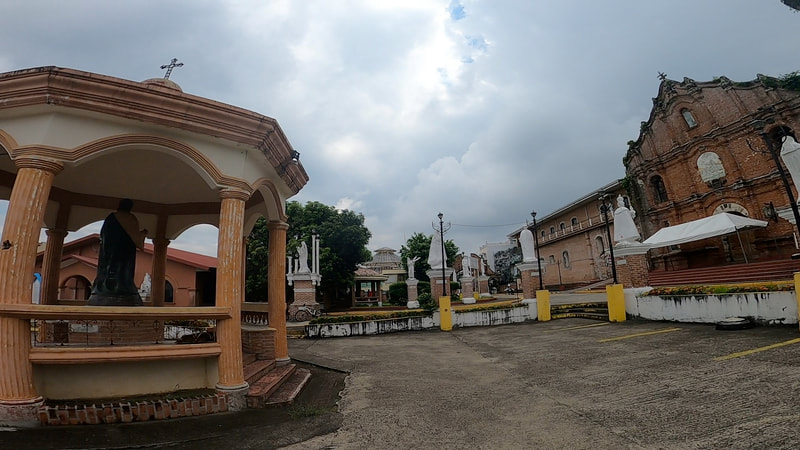

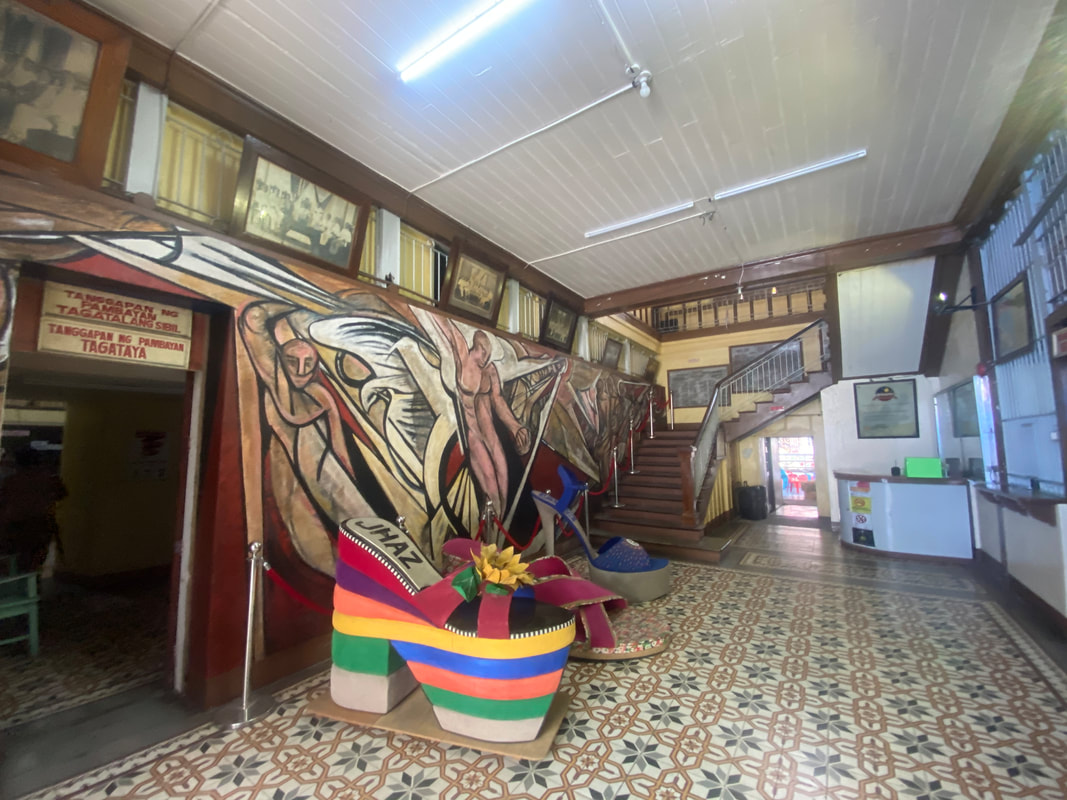
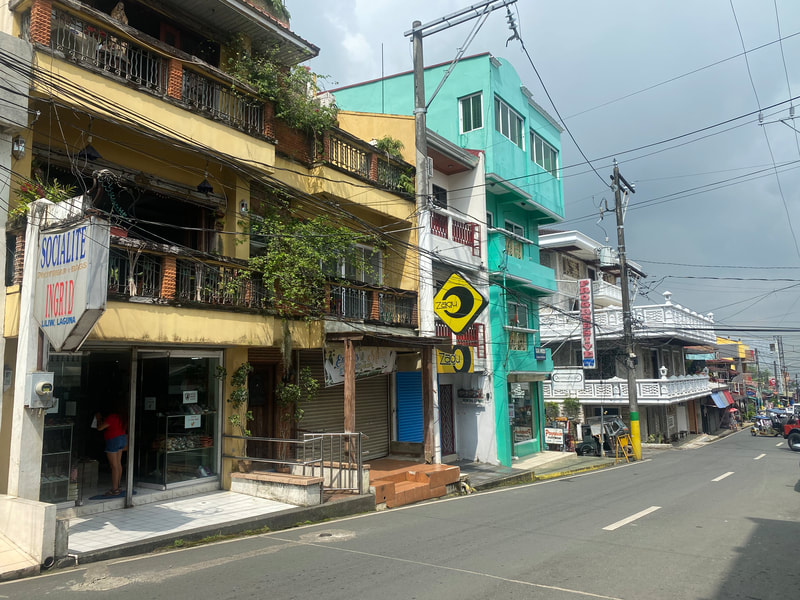
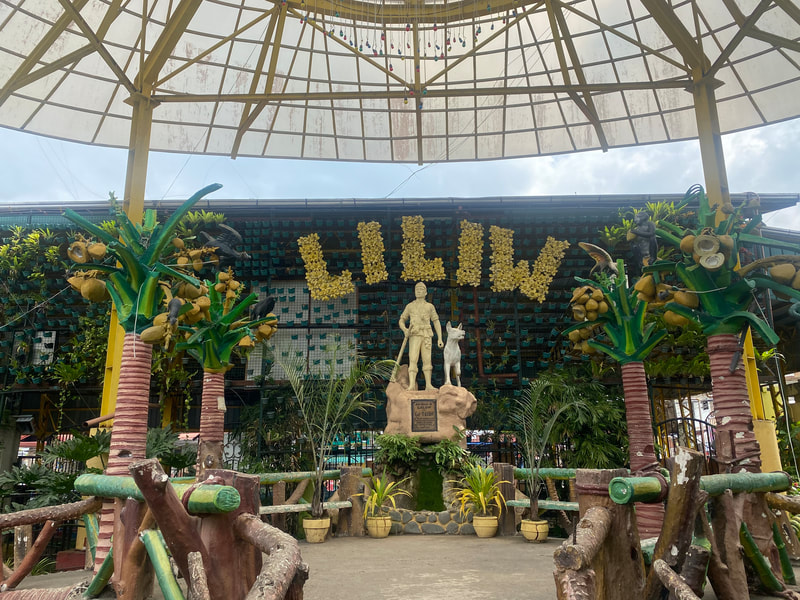
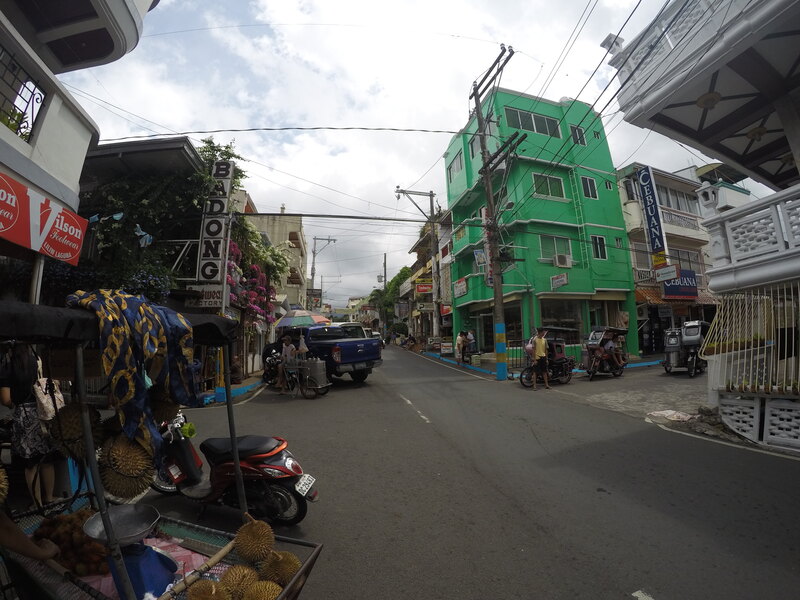
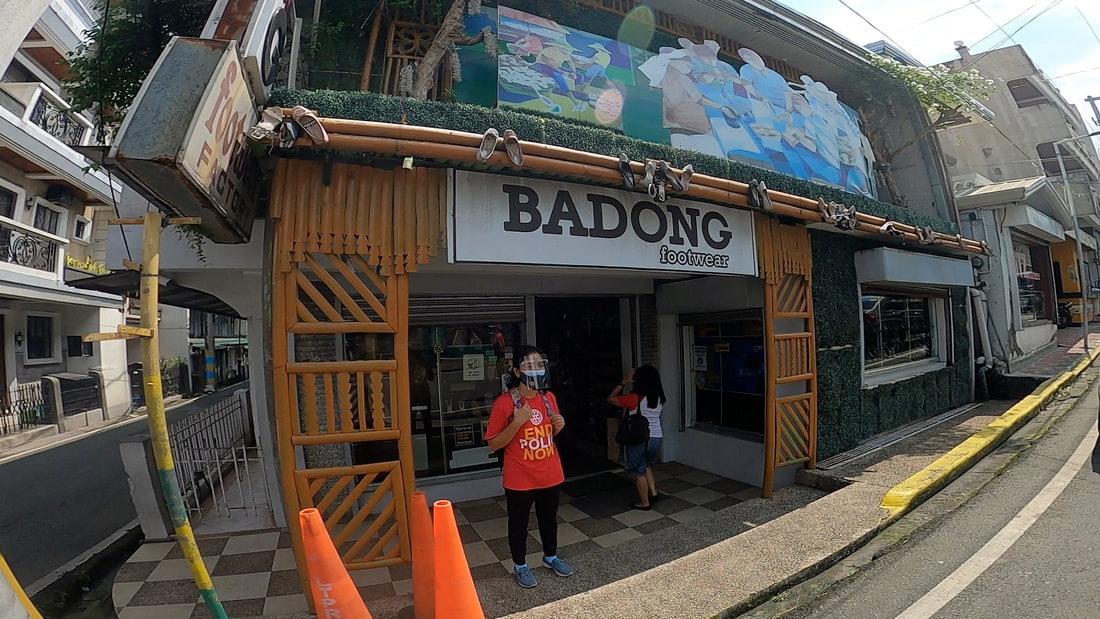
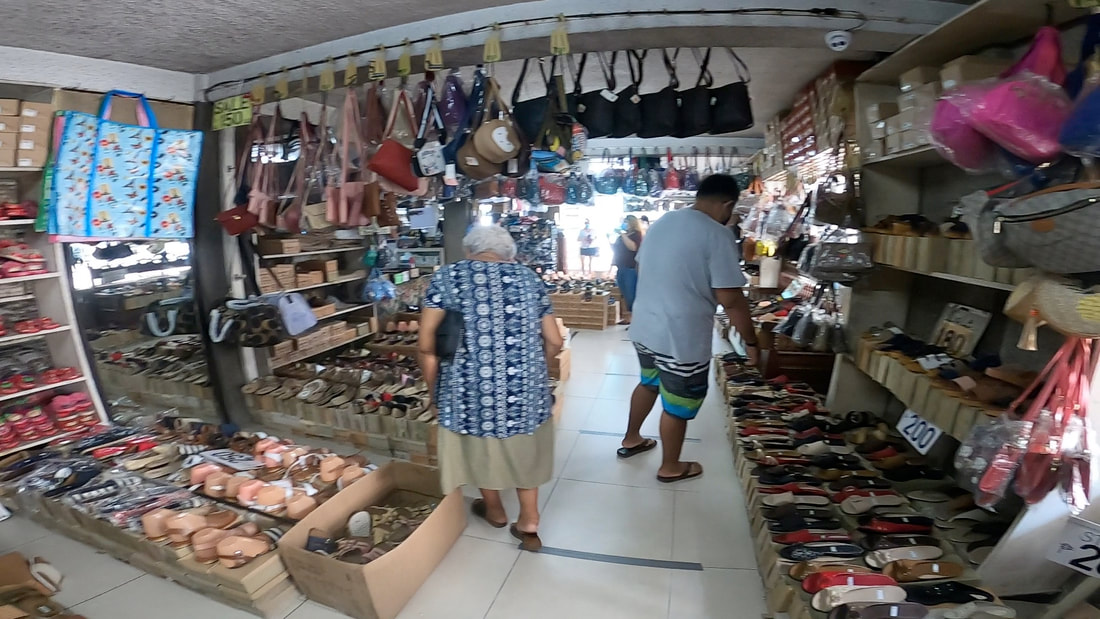

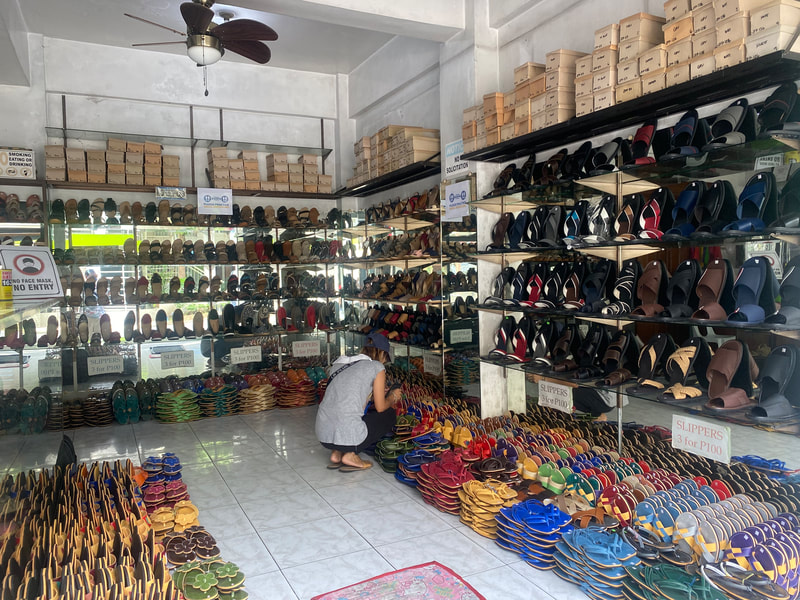
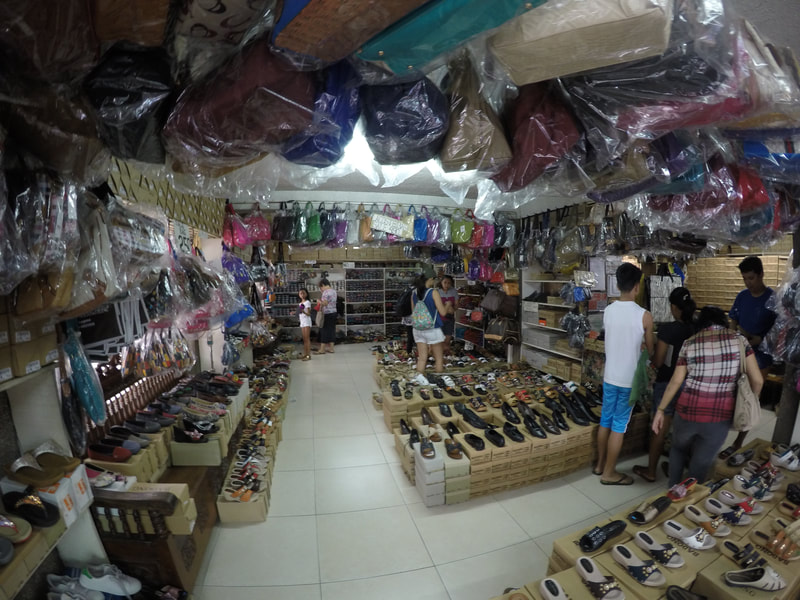
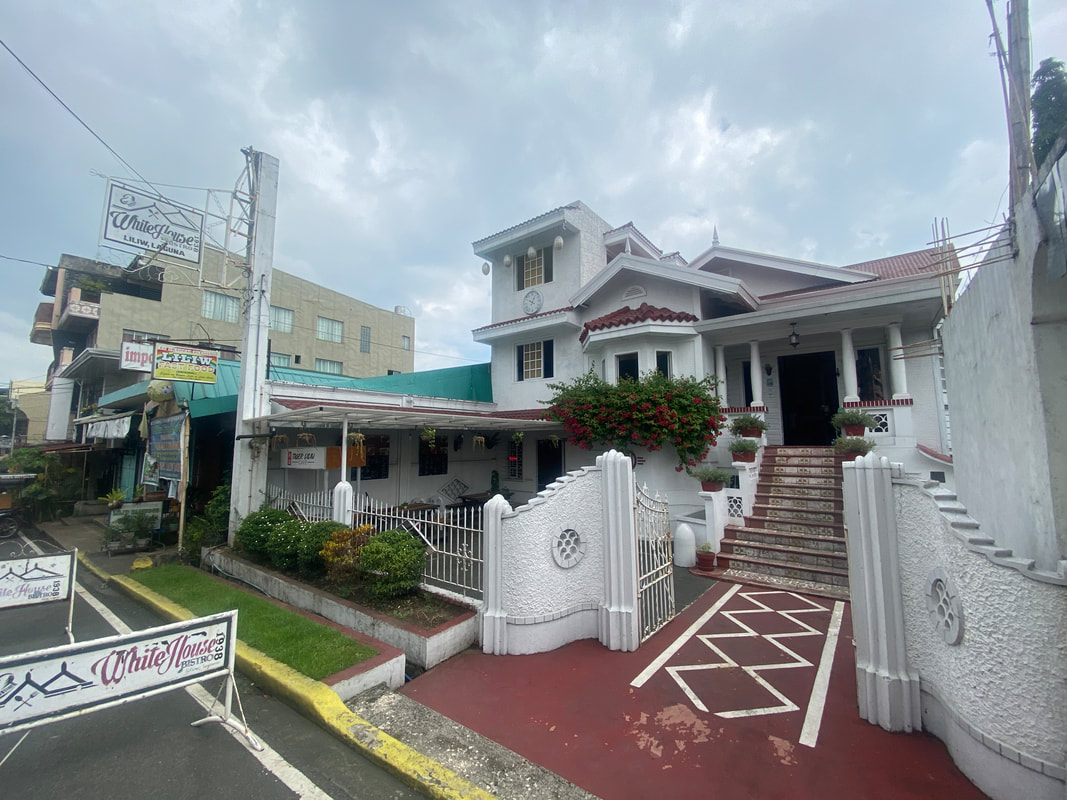
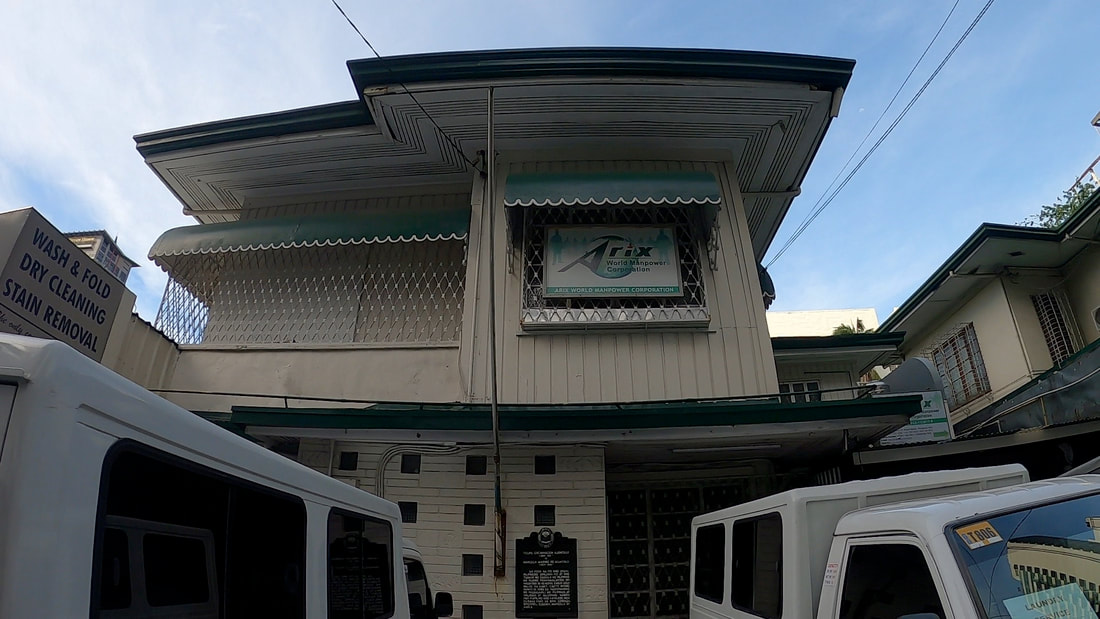
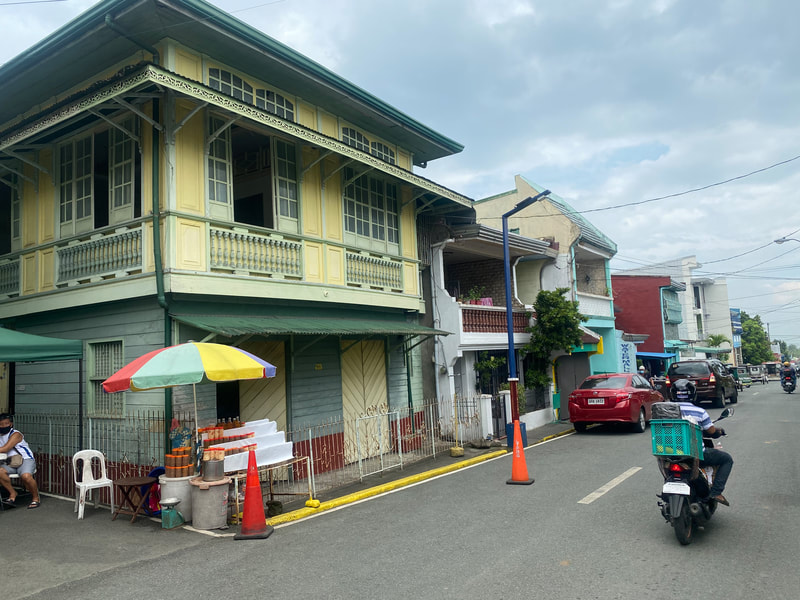
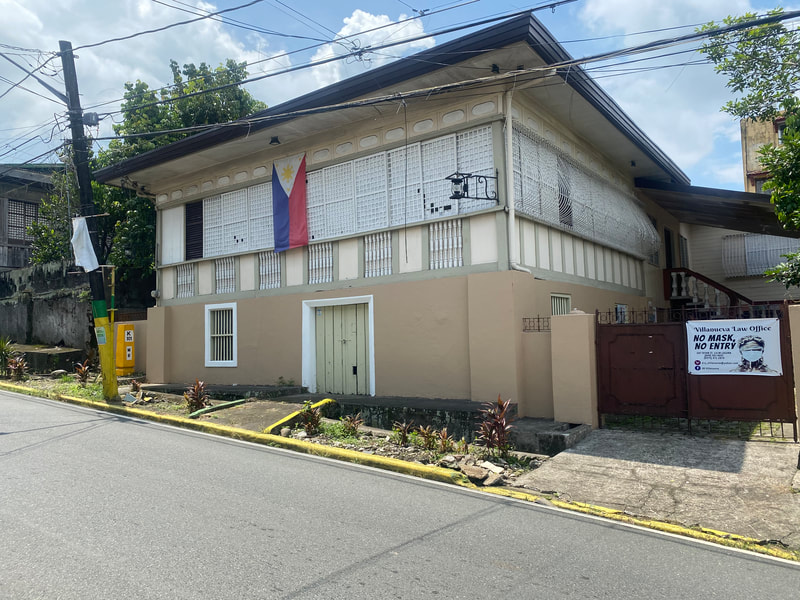
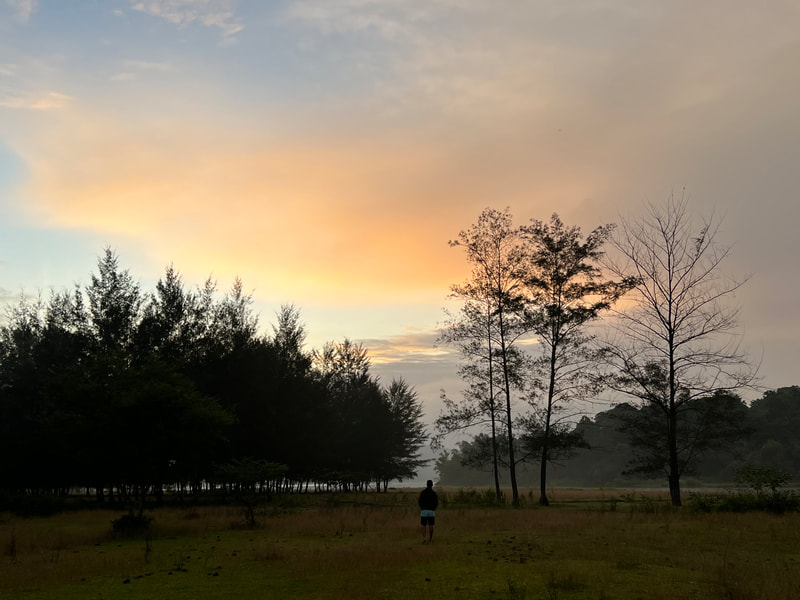
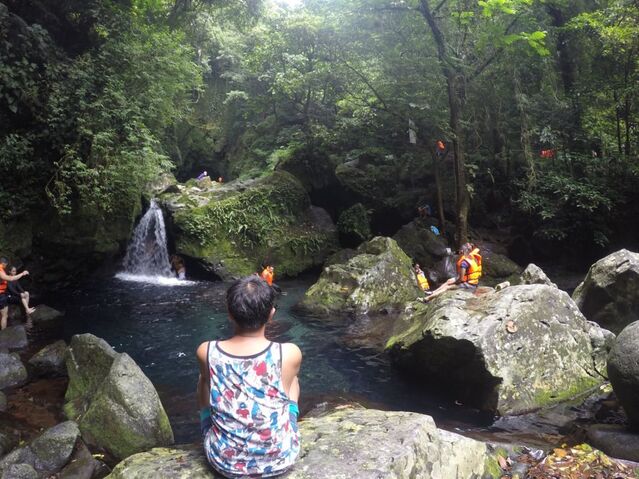
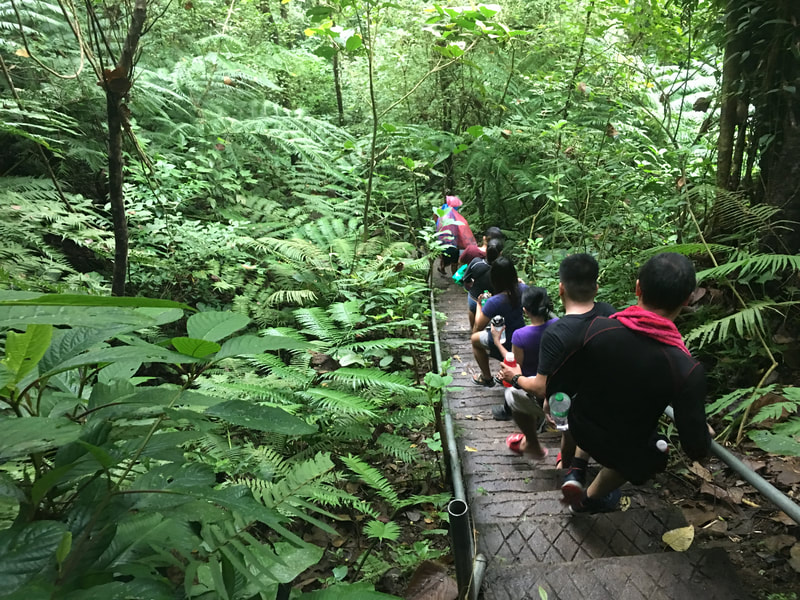
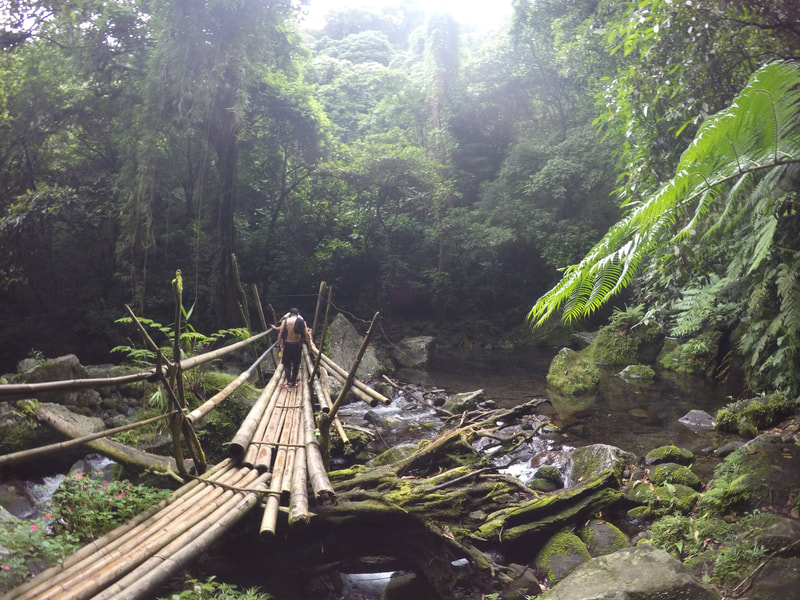
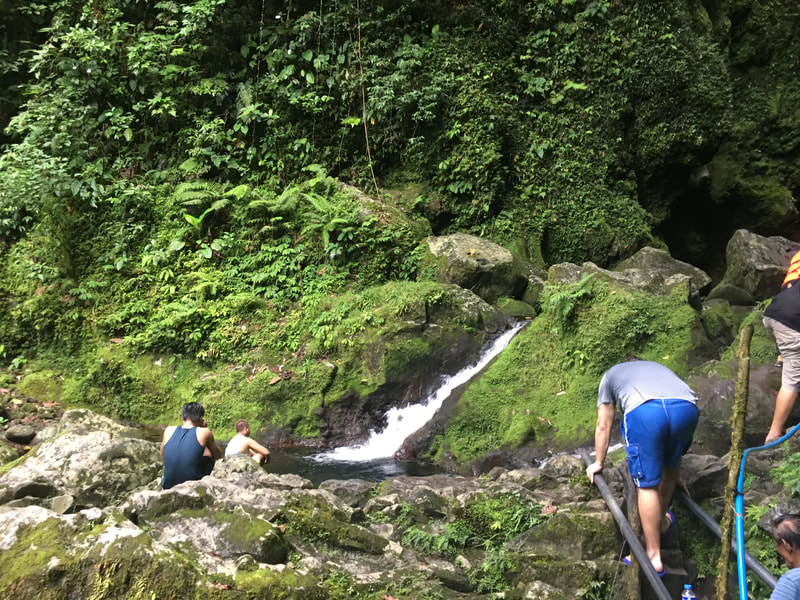
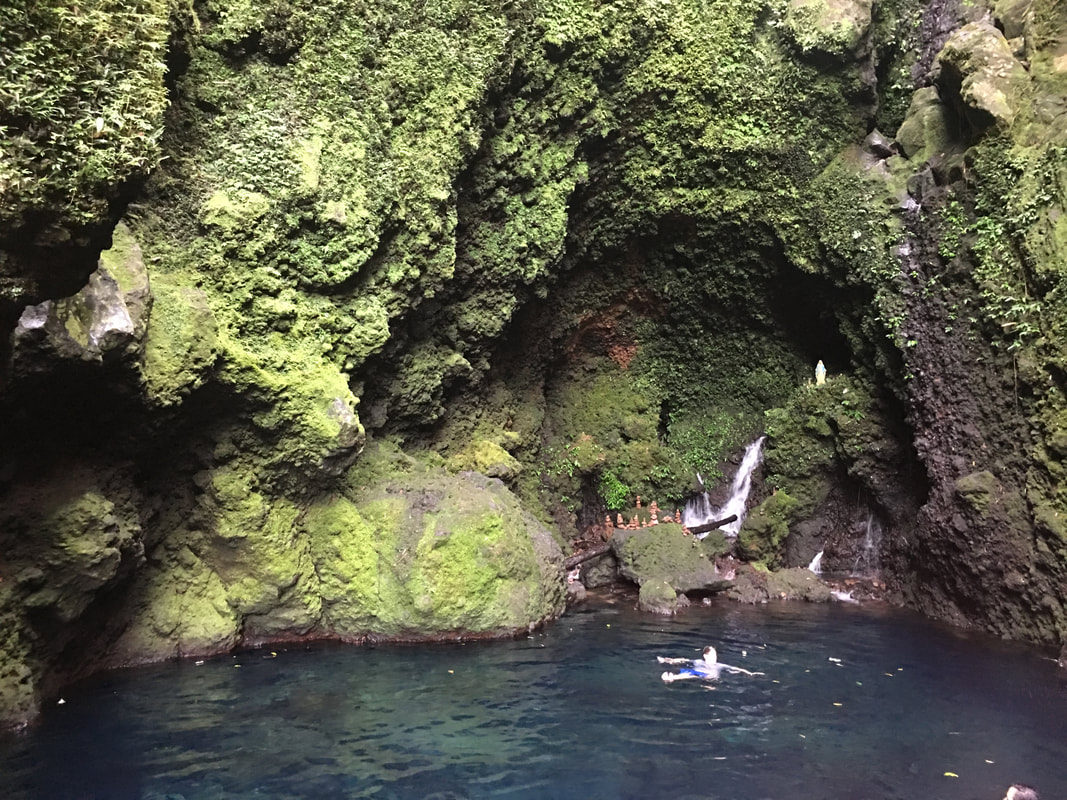
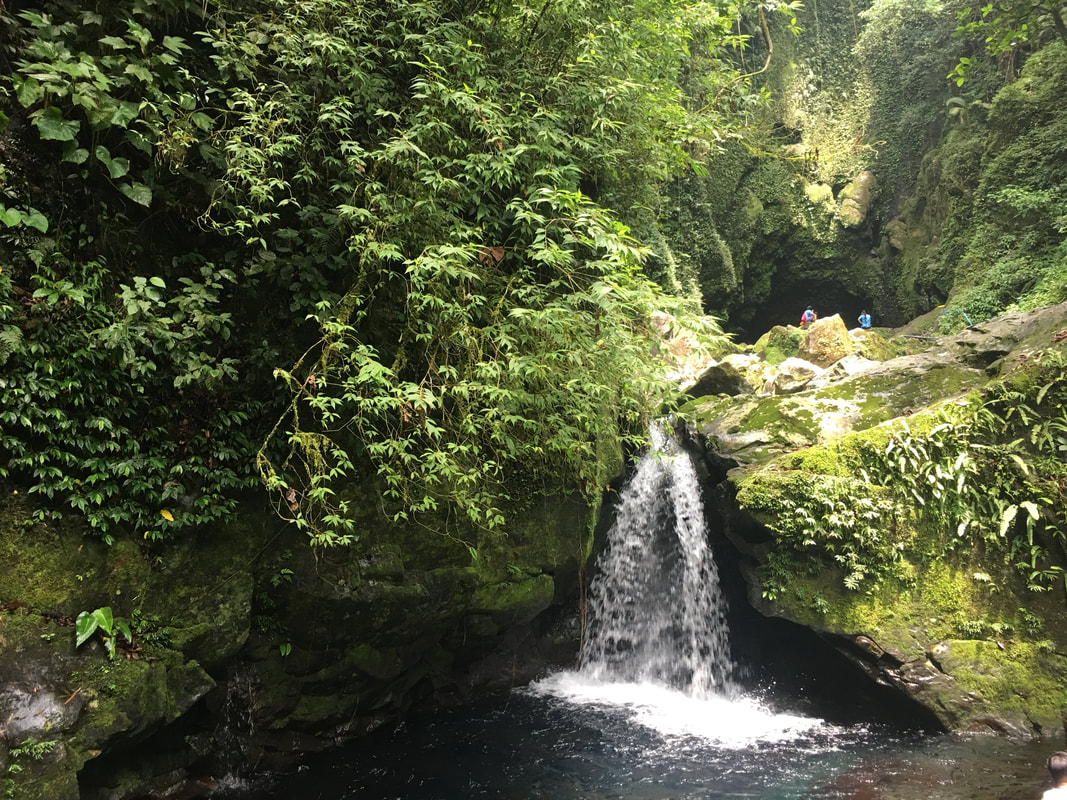
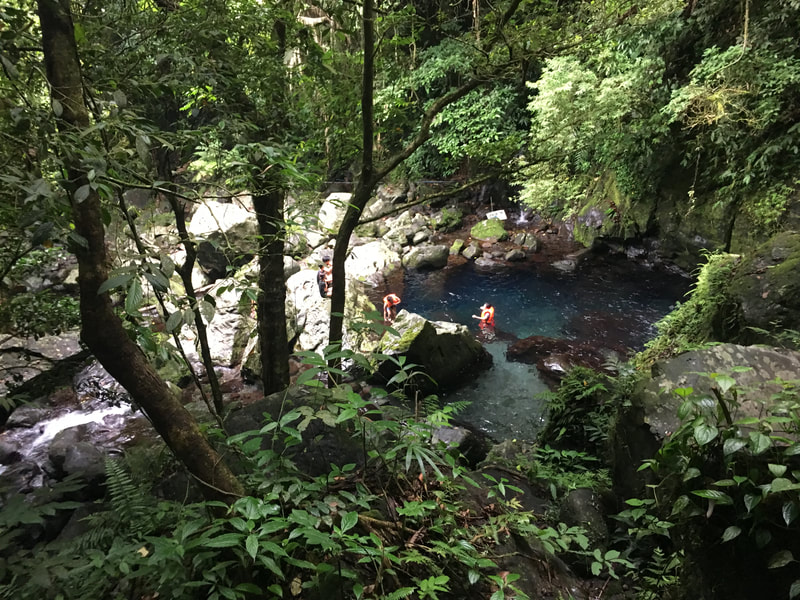
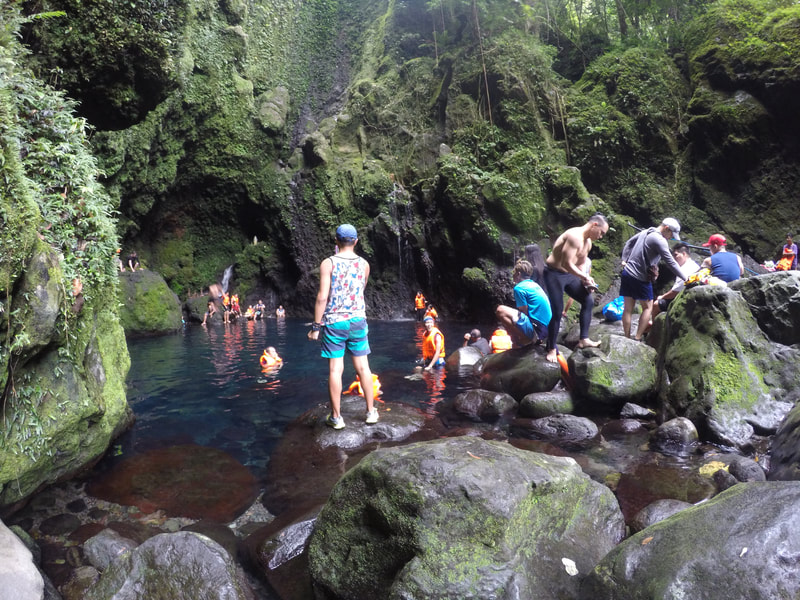

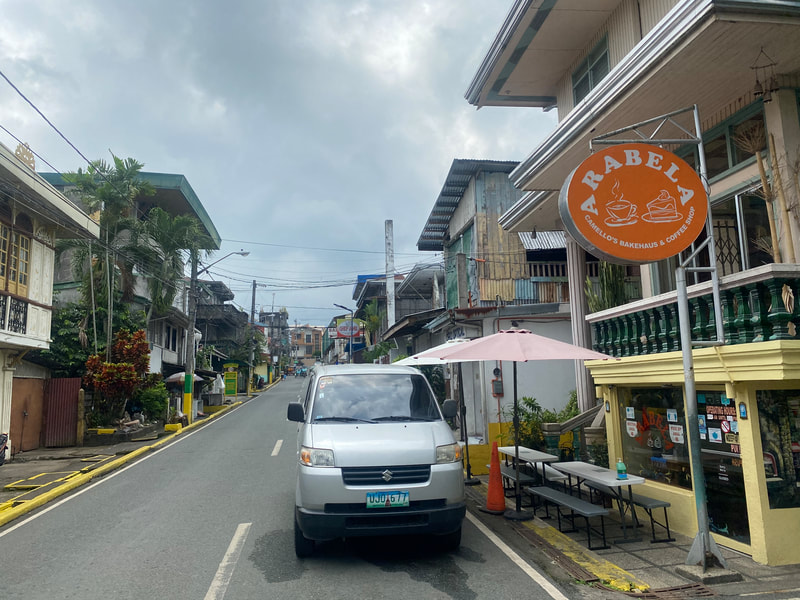
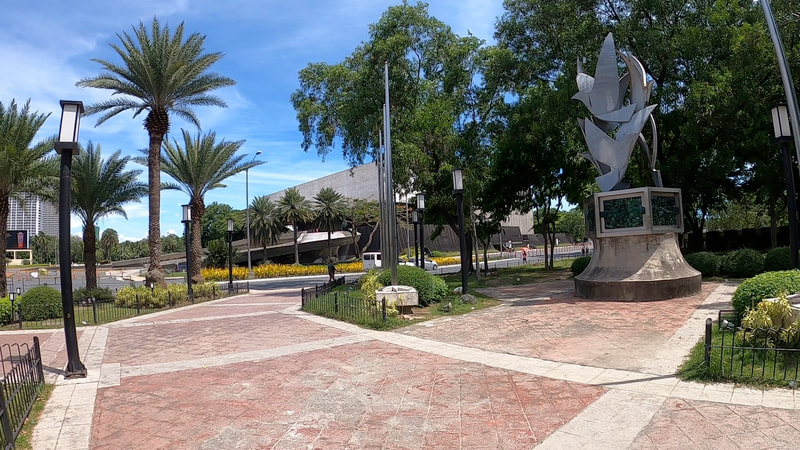
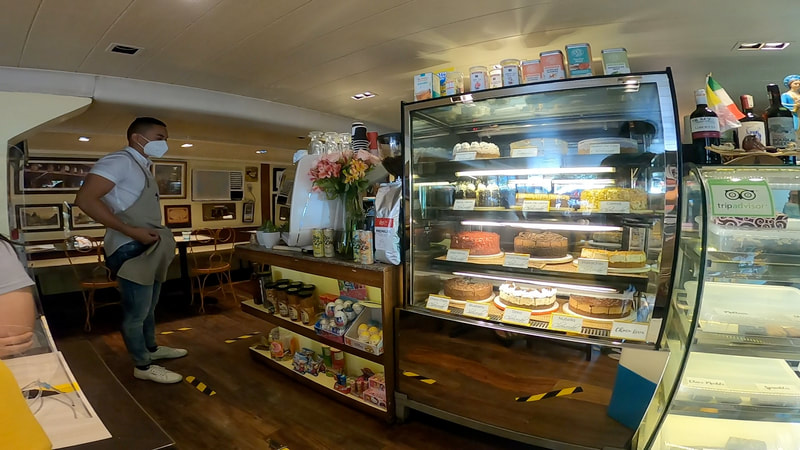
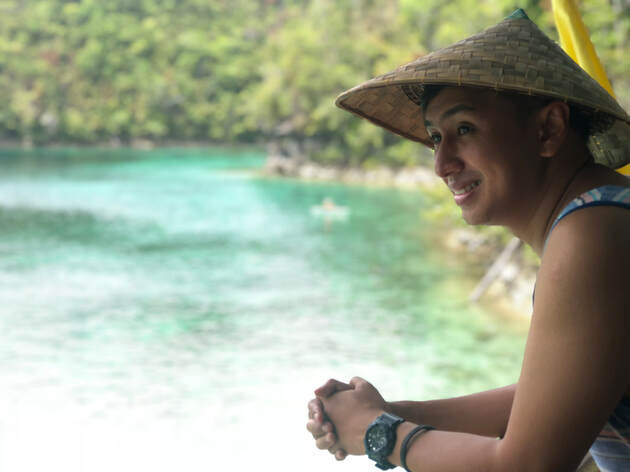
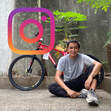
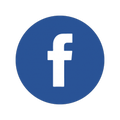


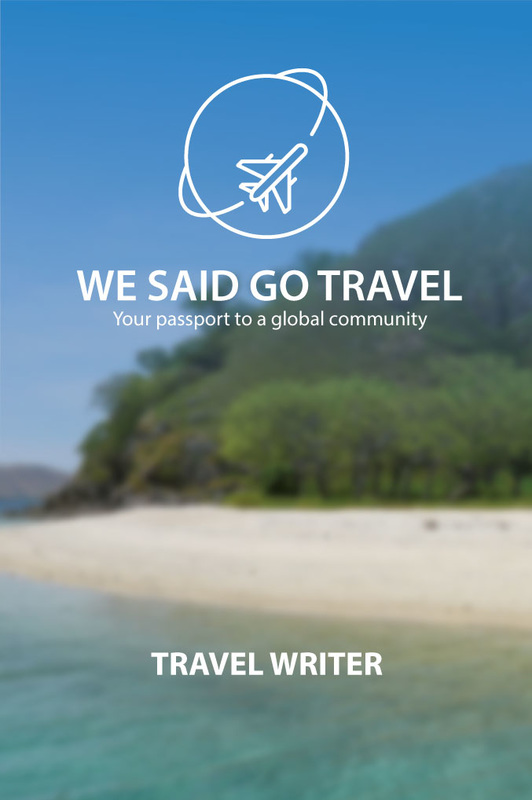
 RSS Feed
RSS Feed